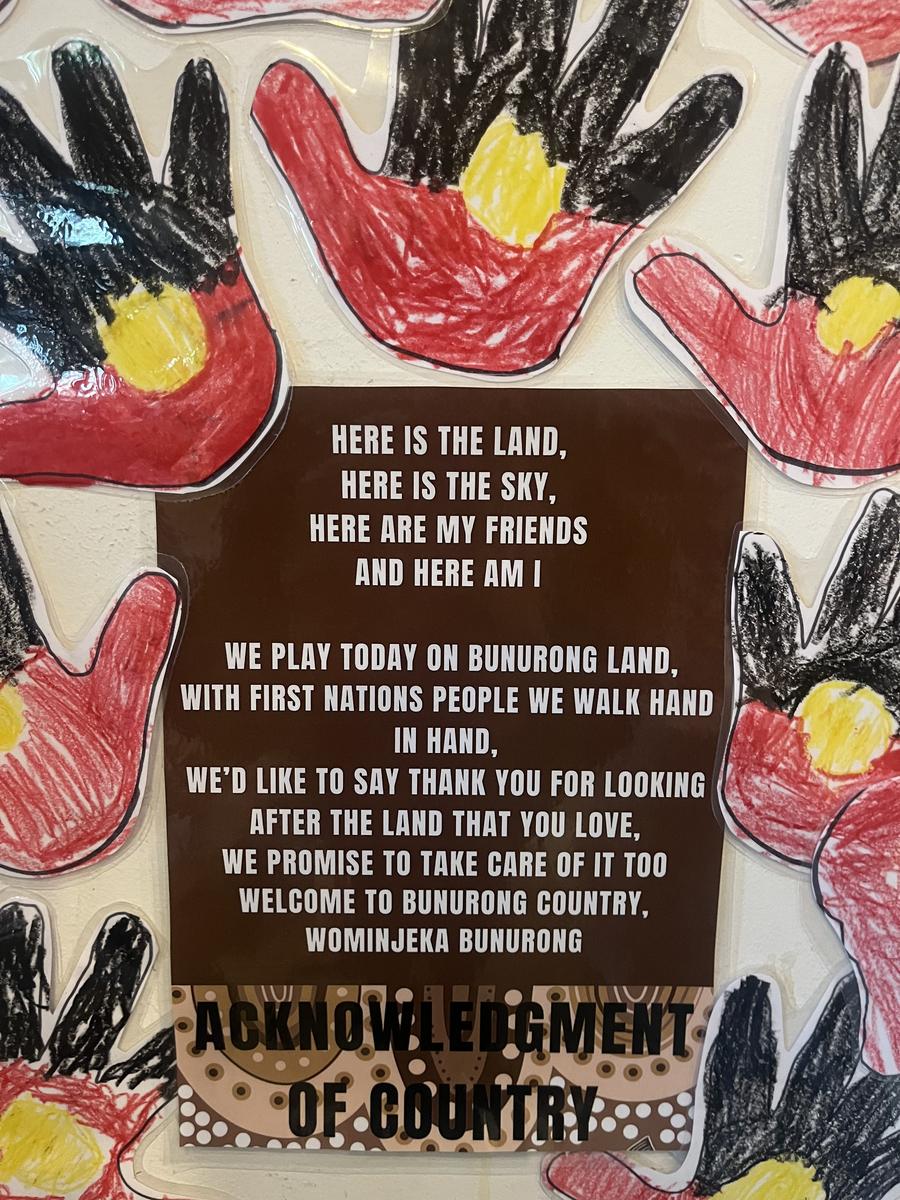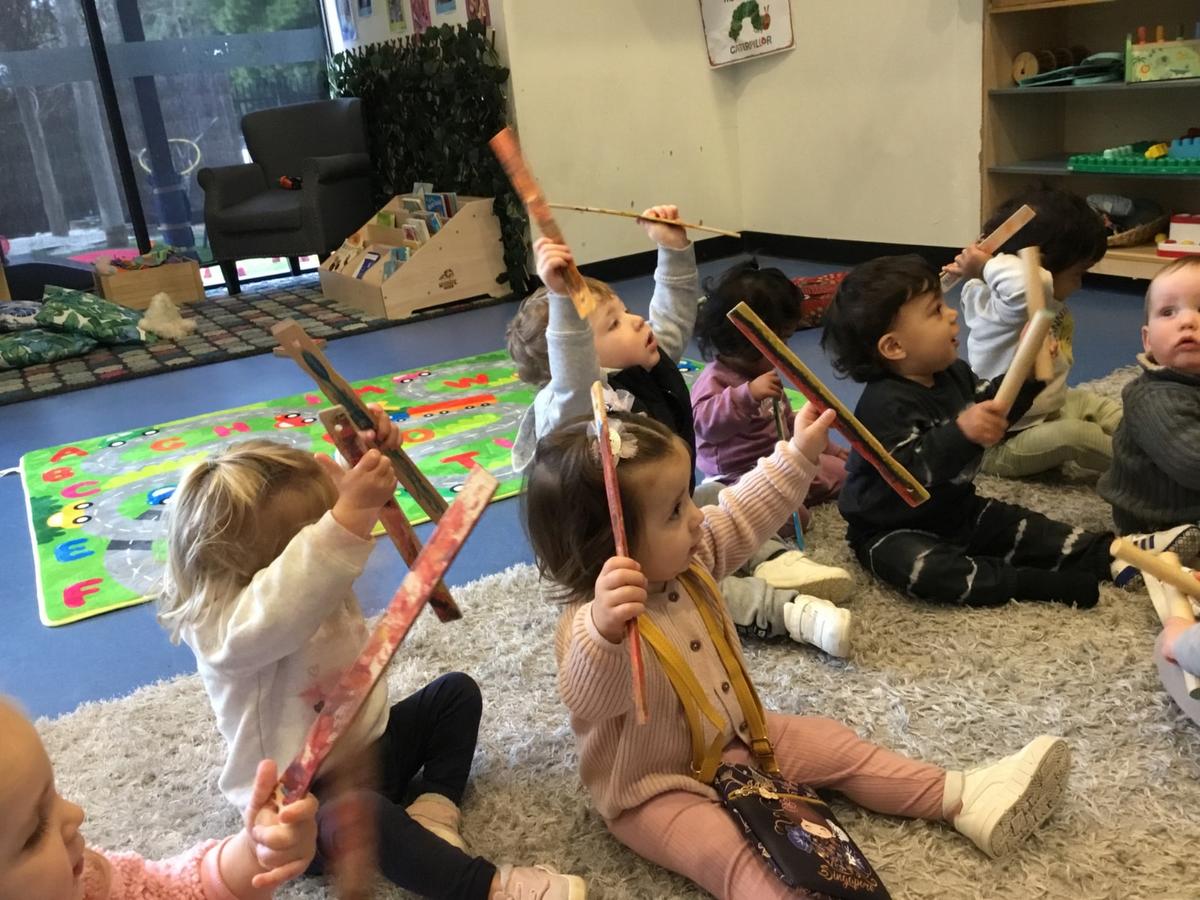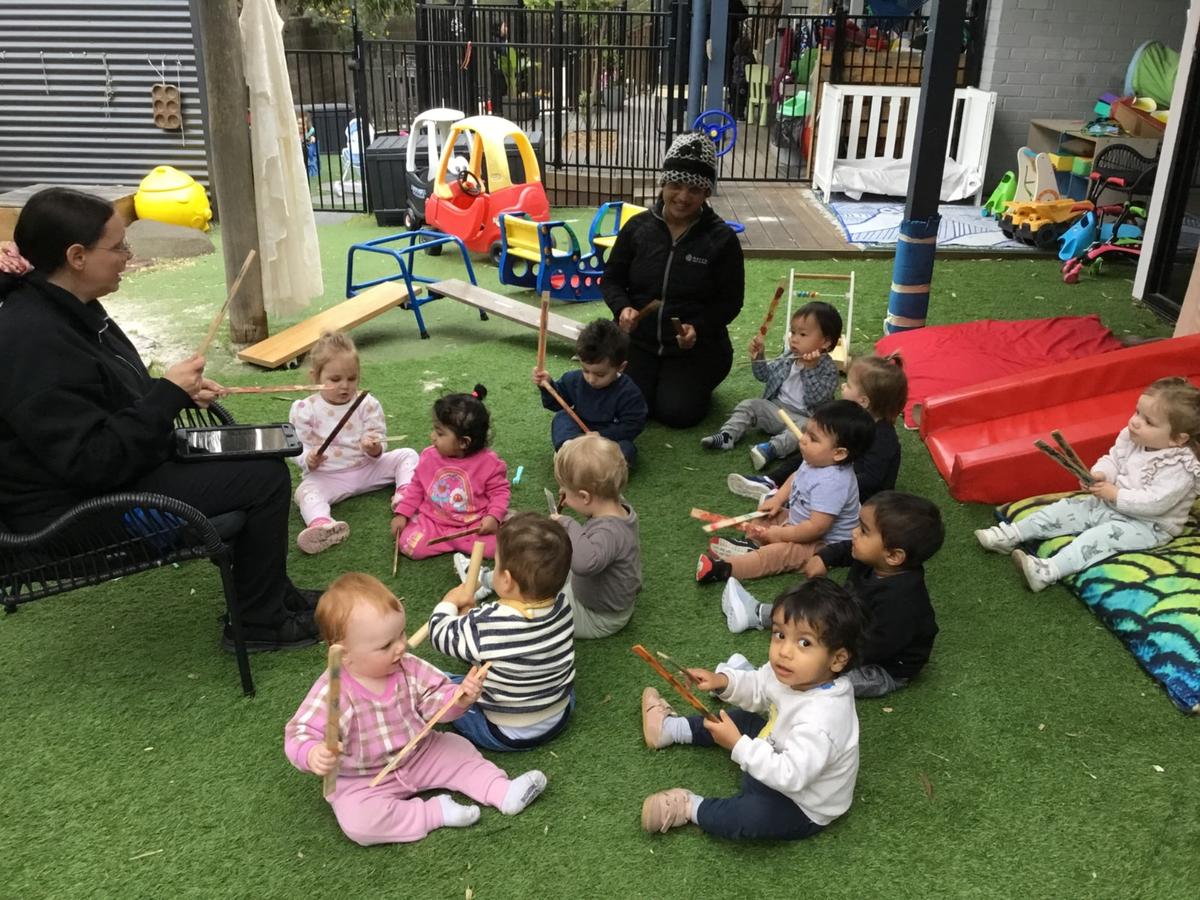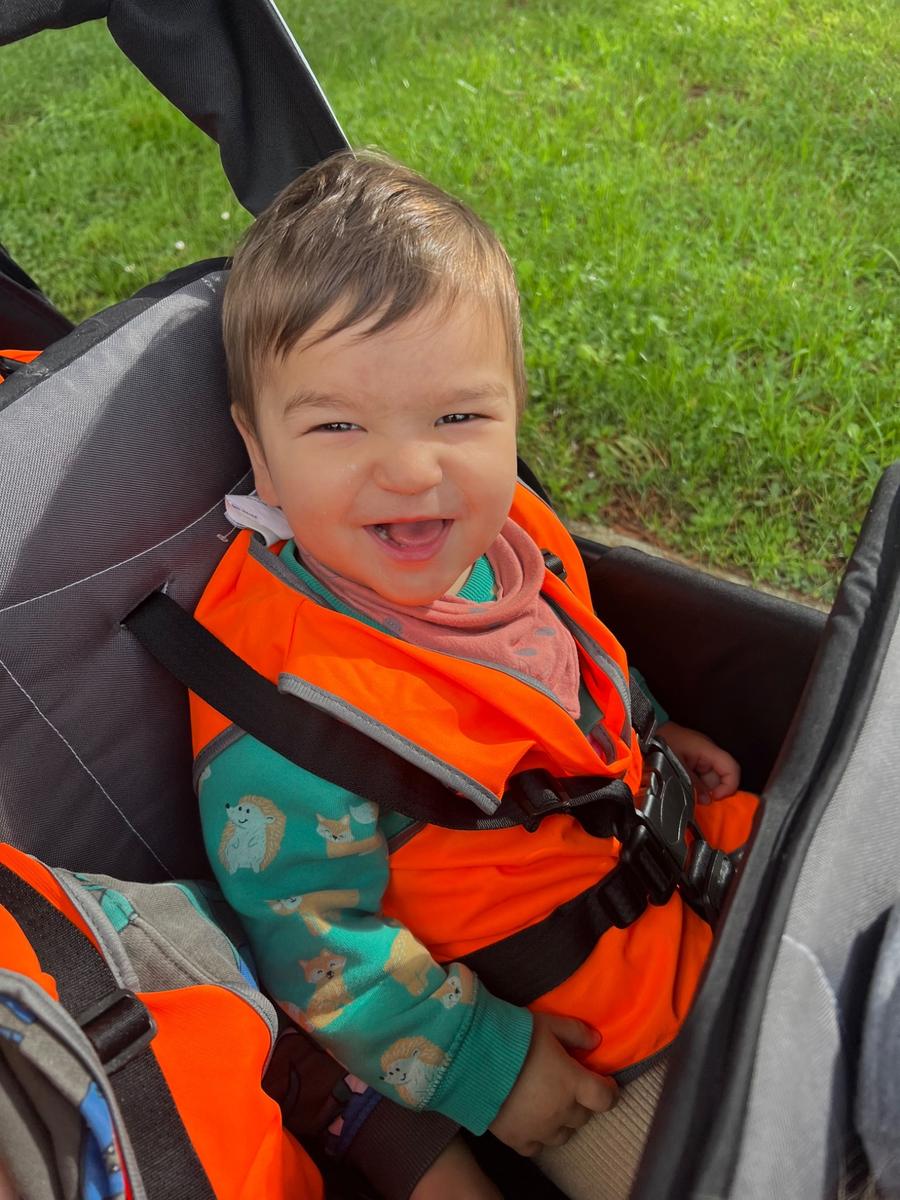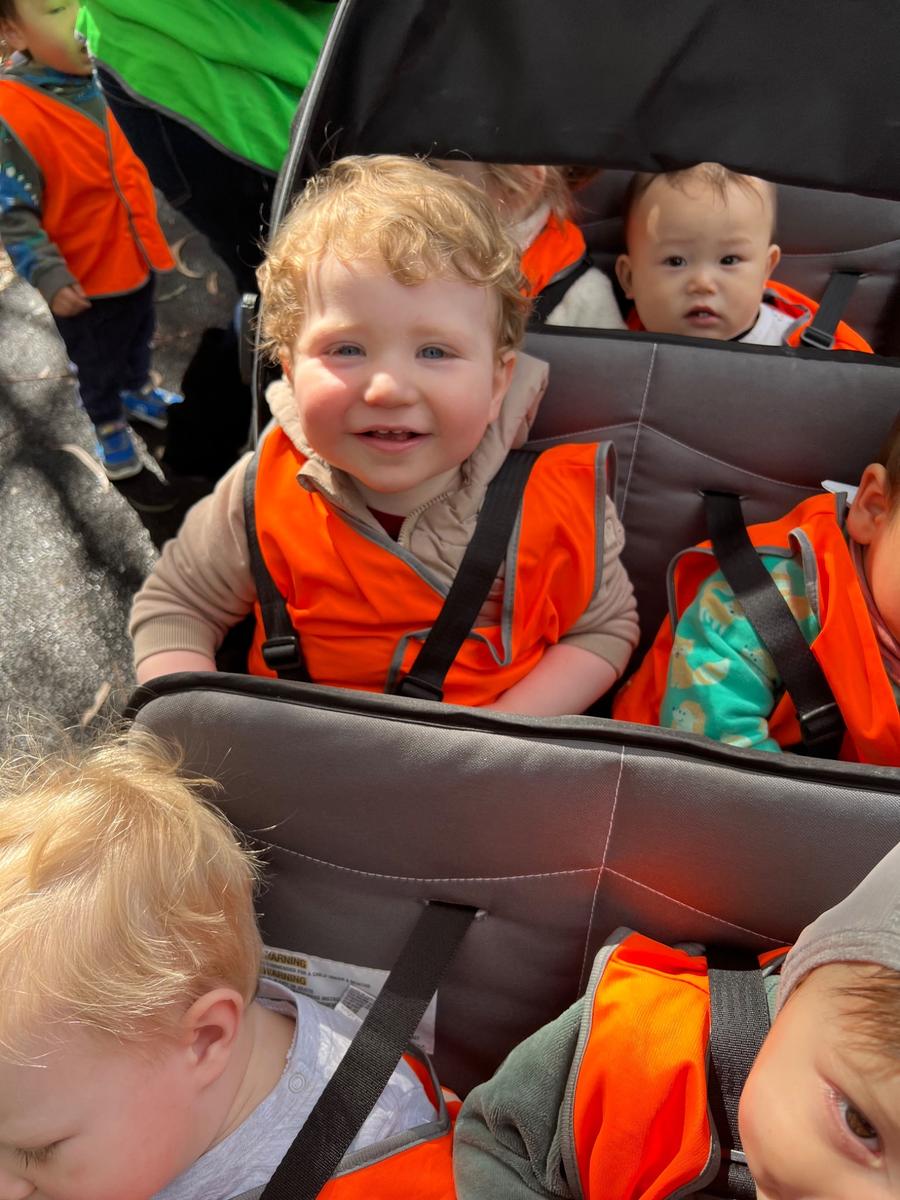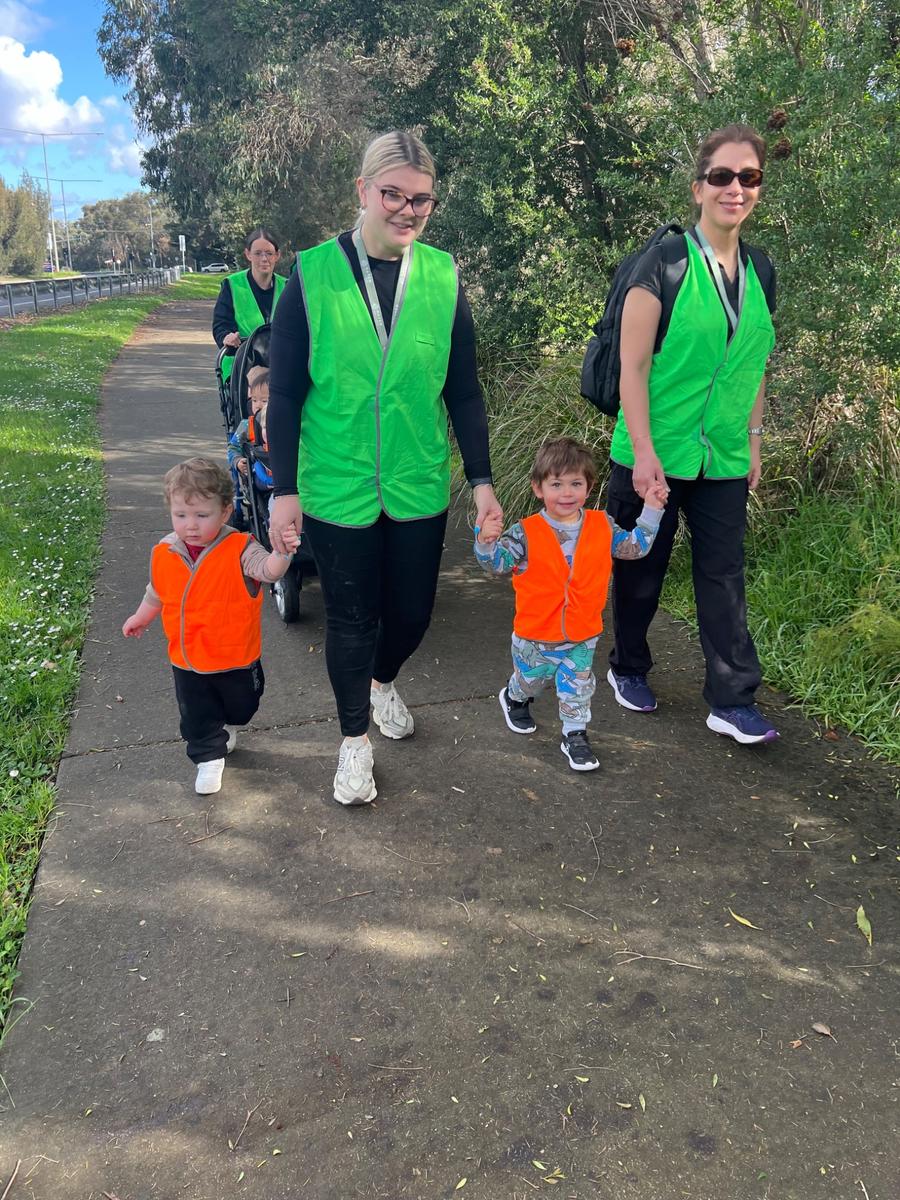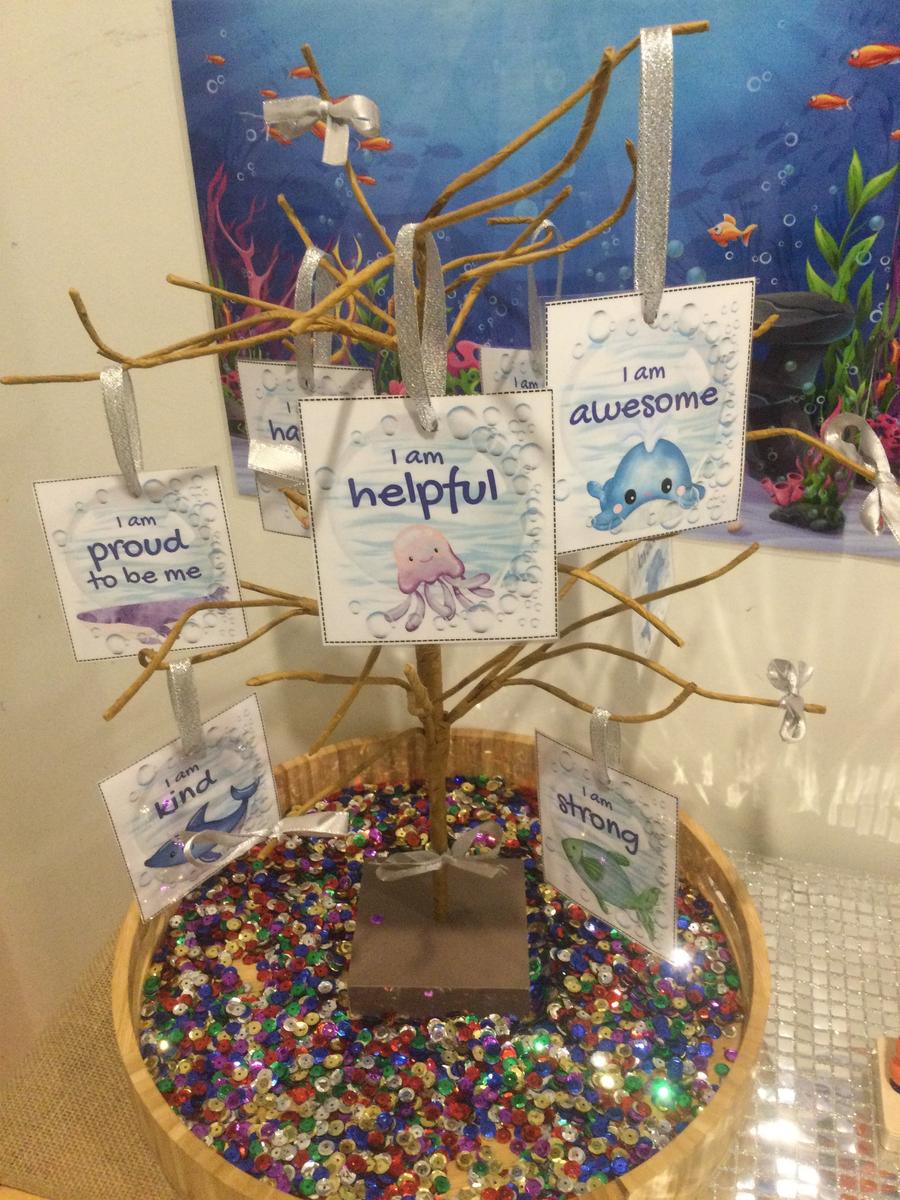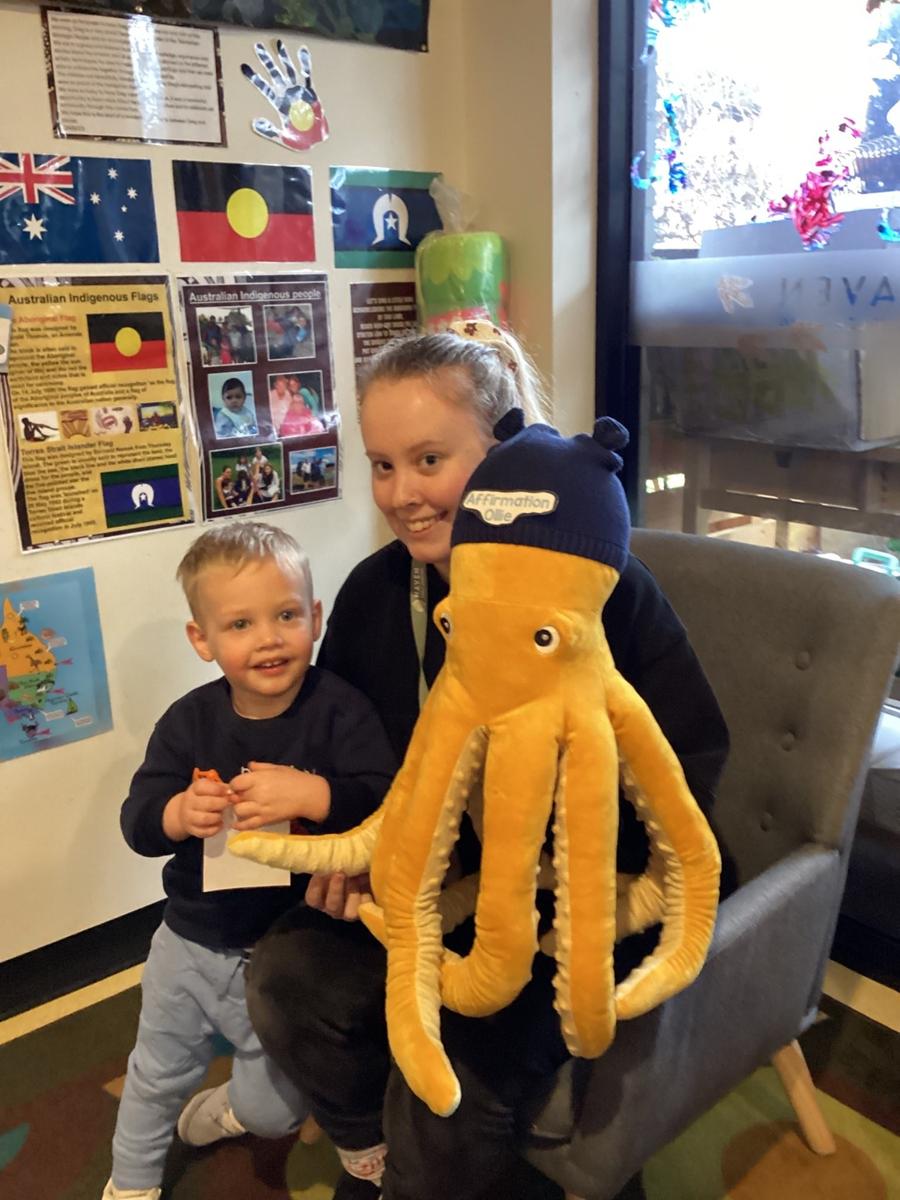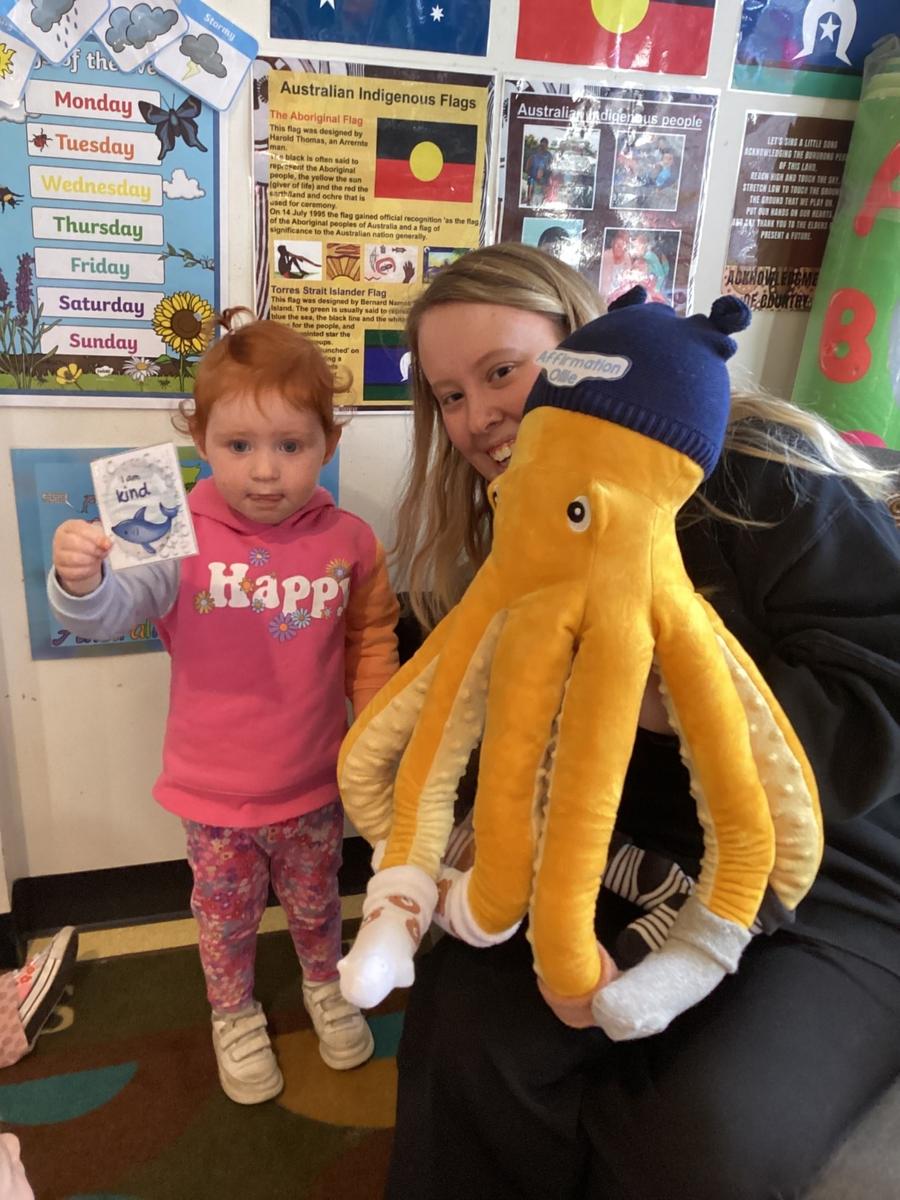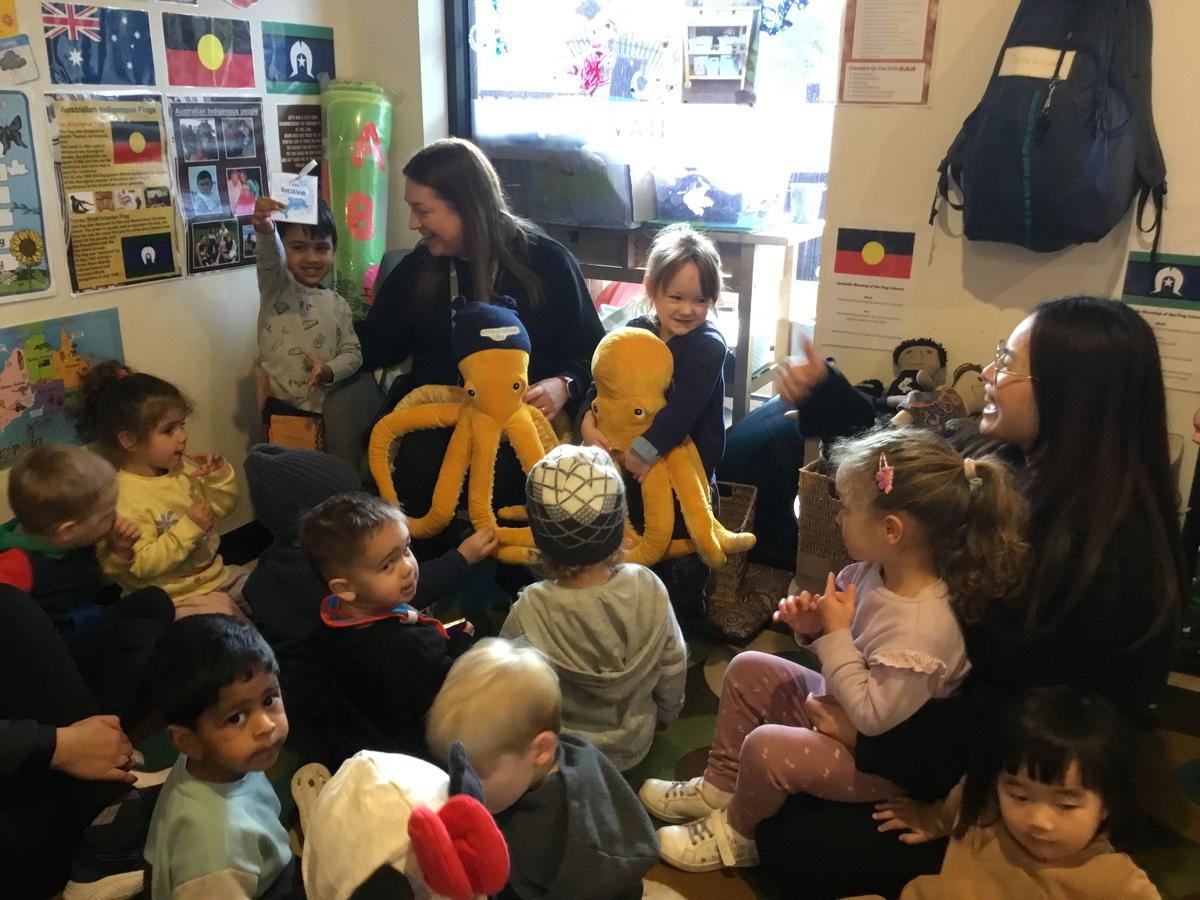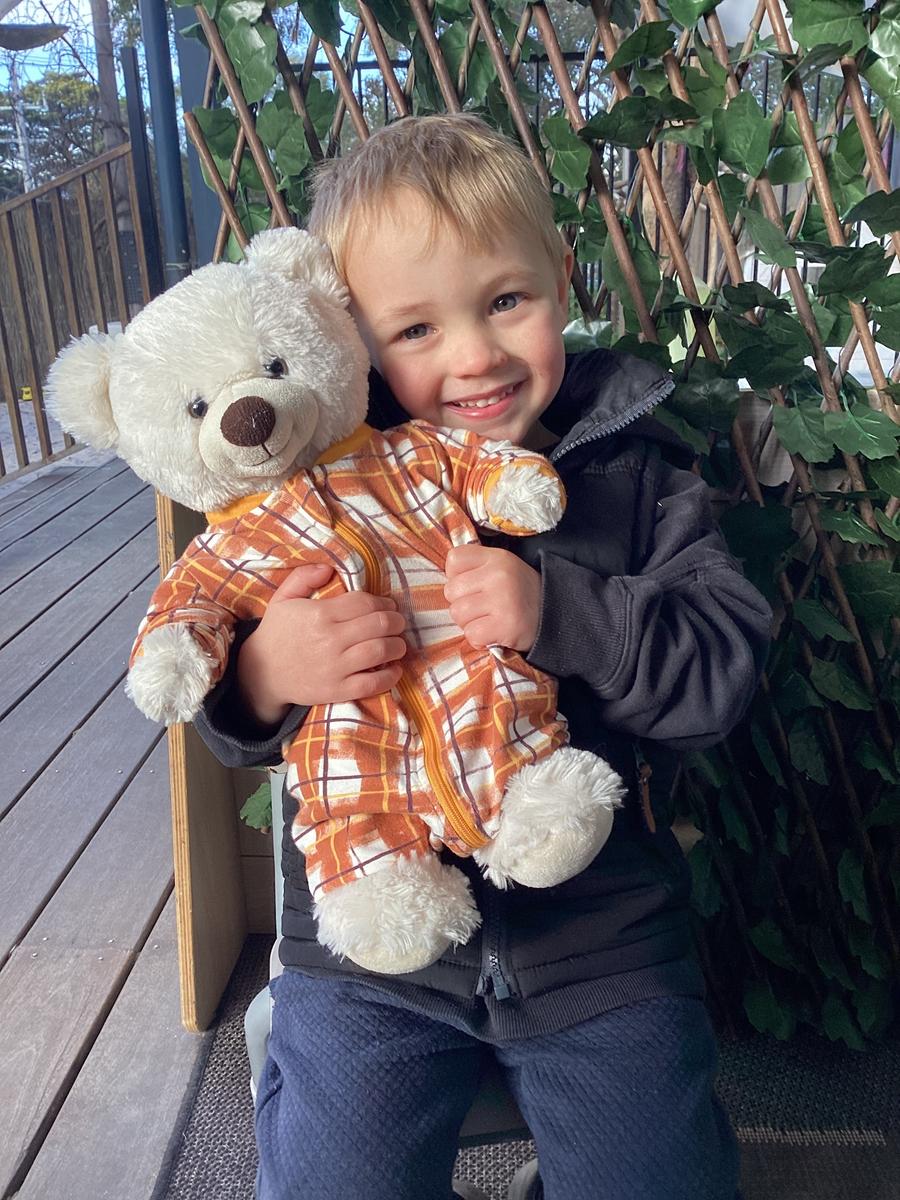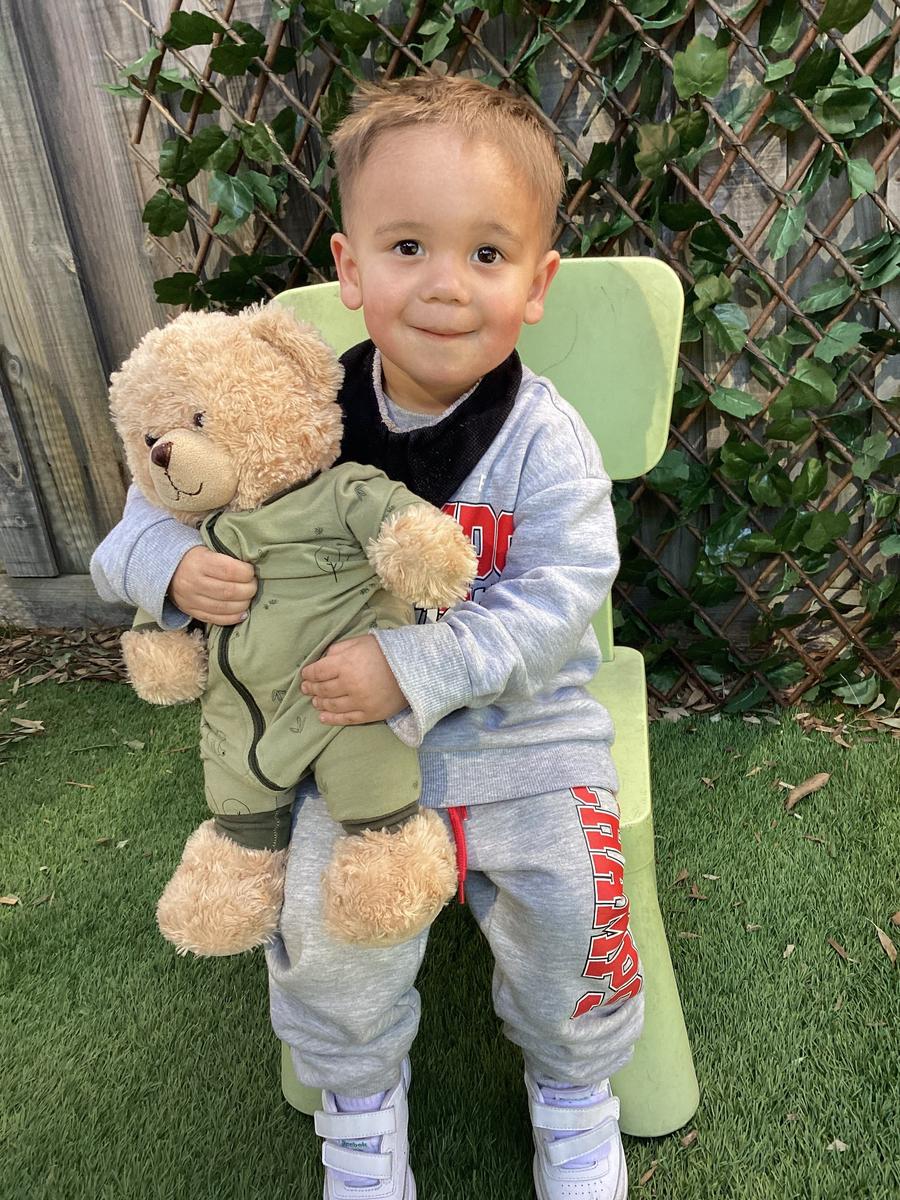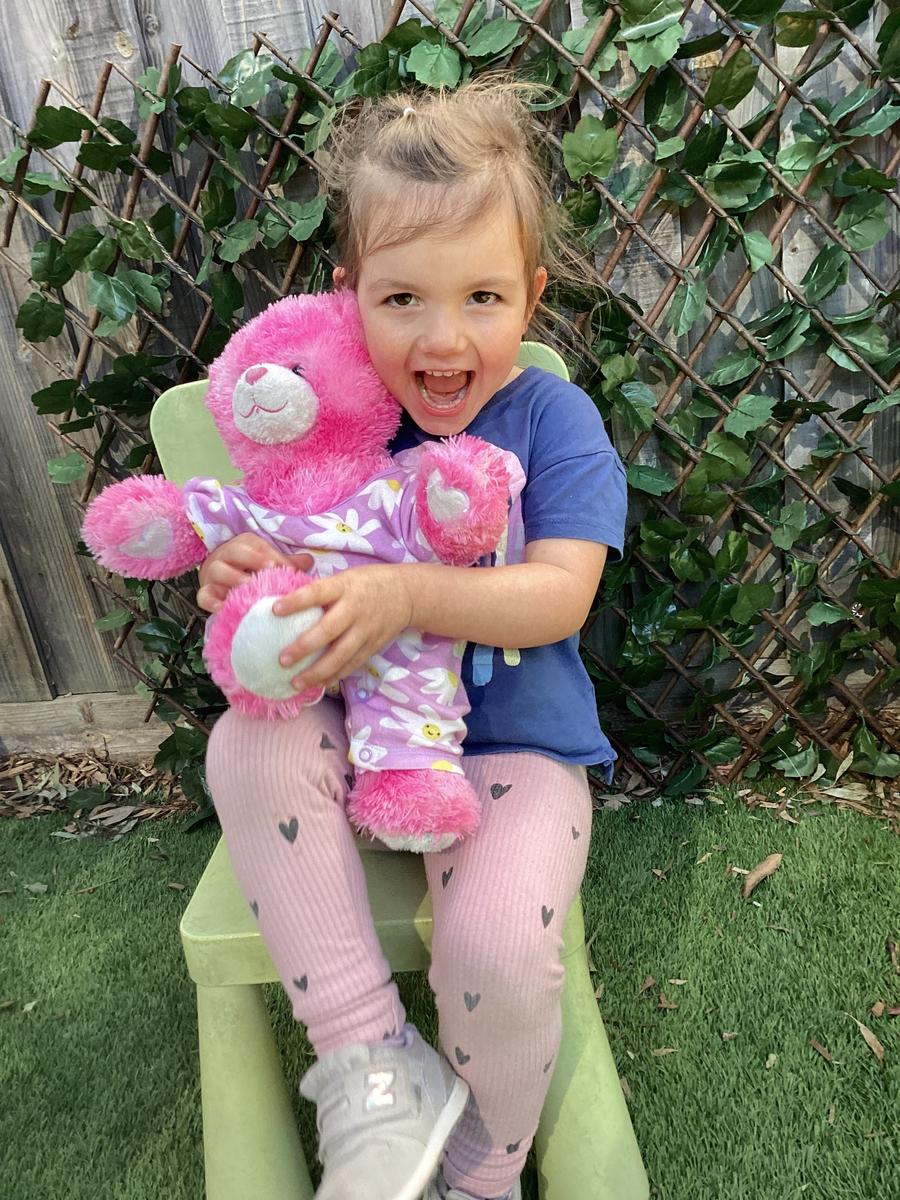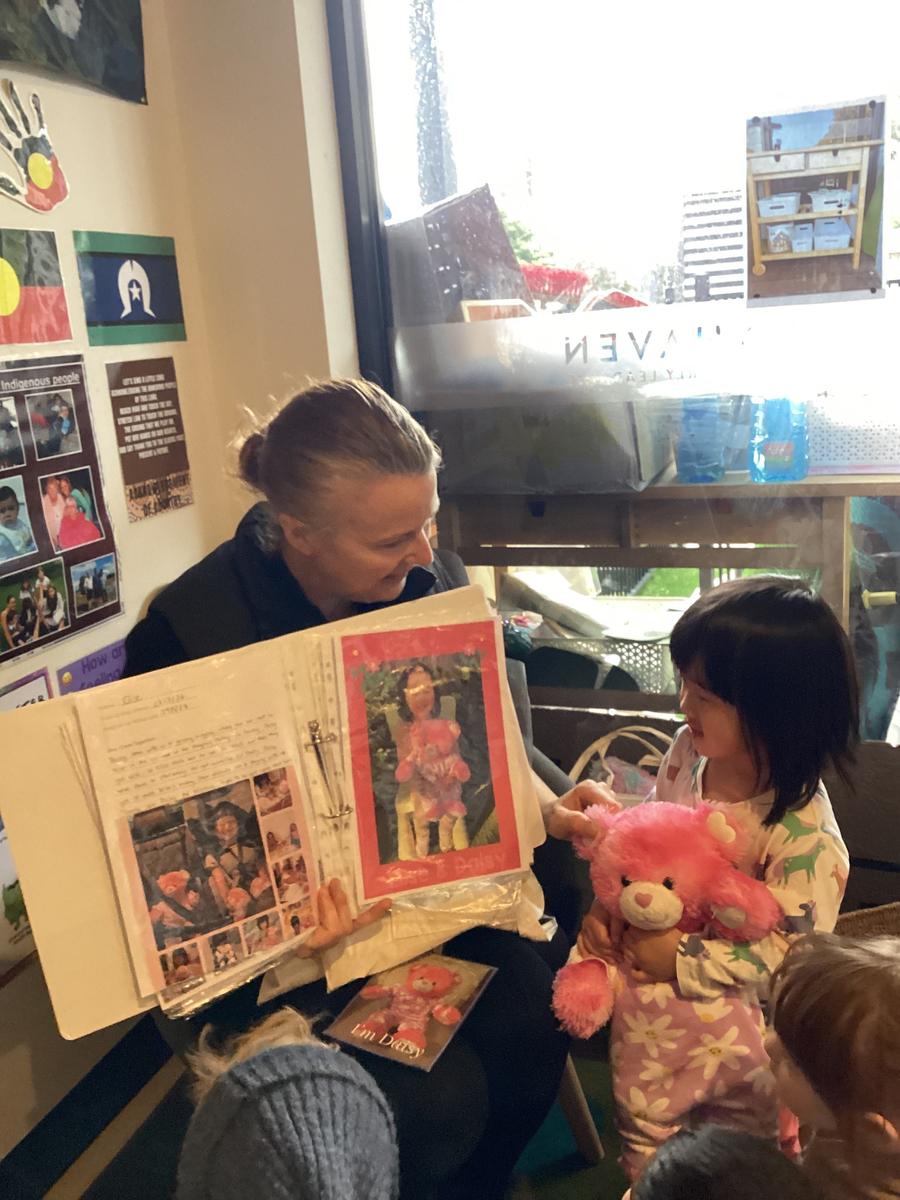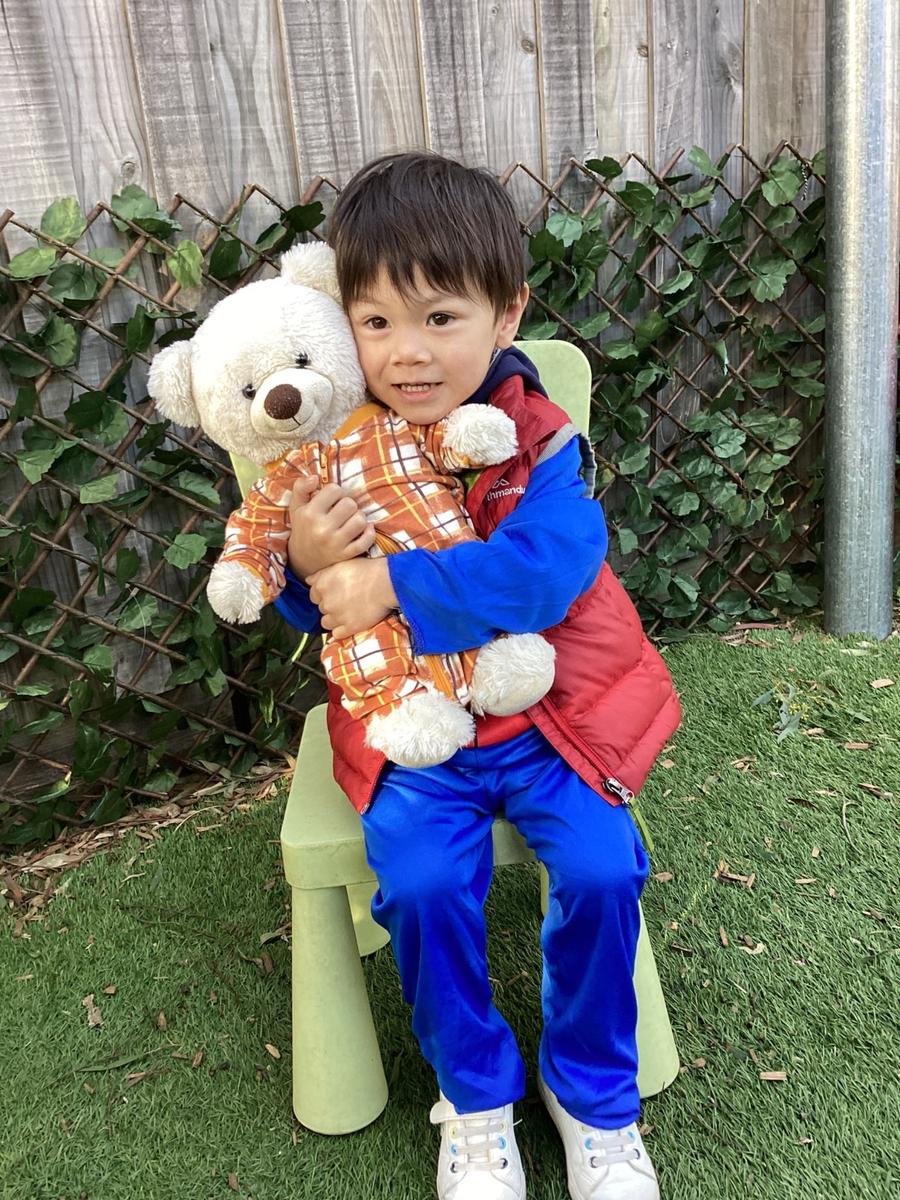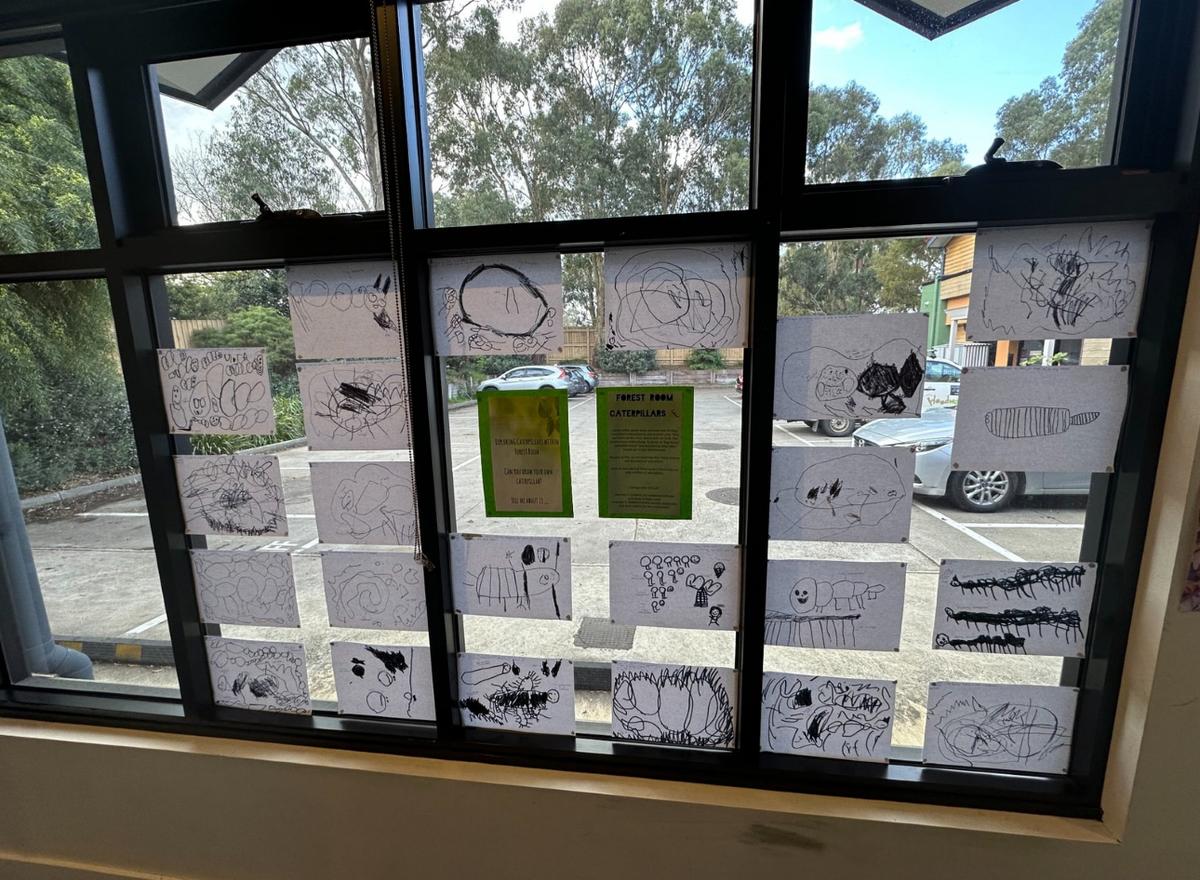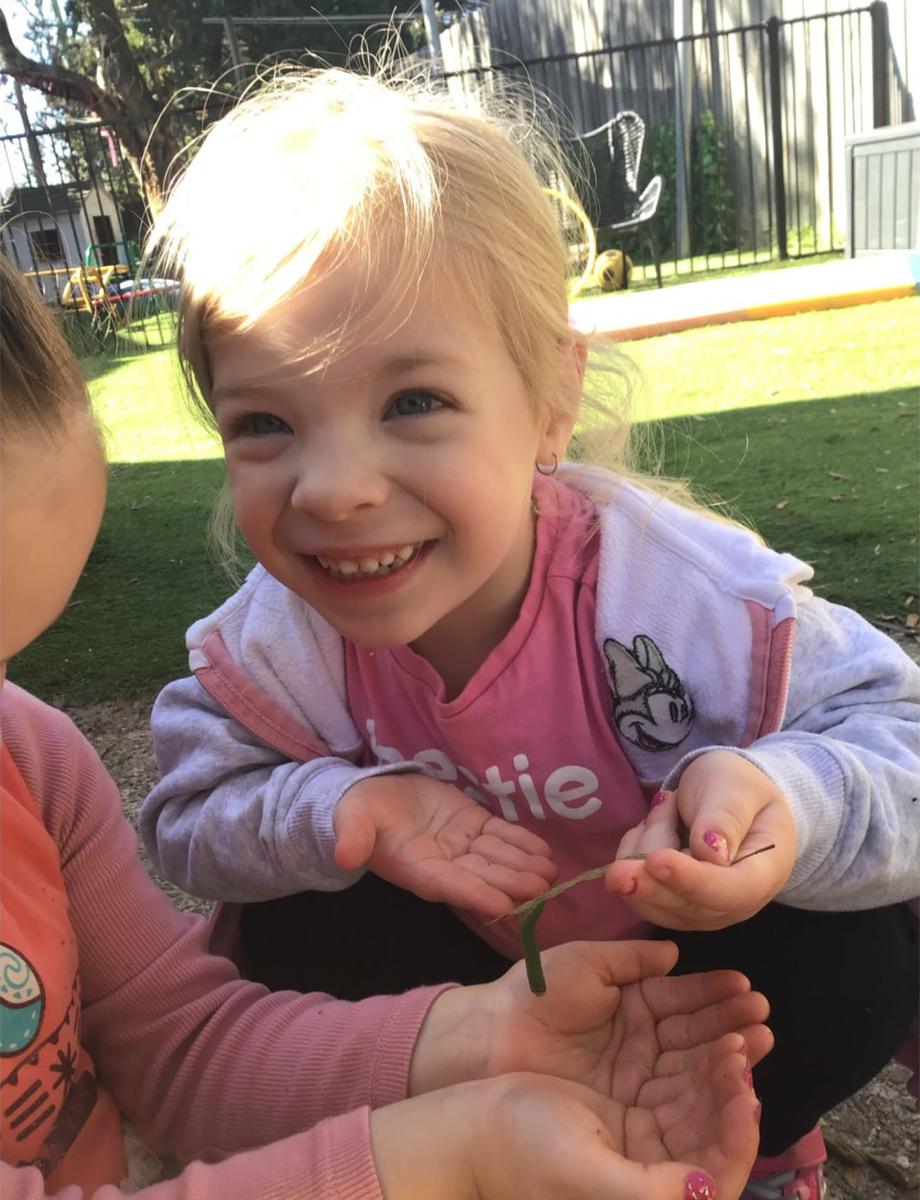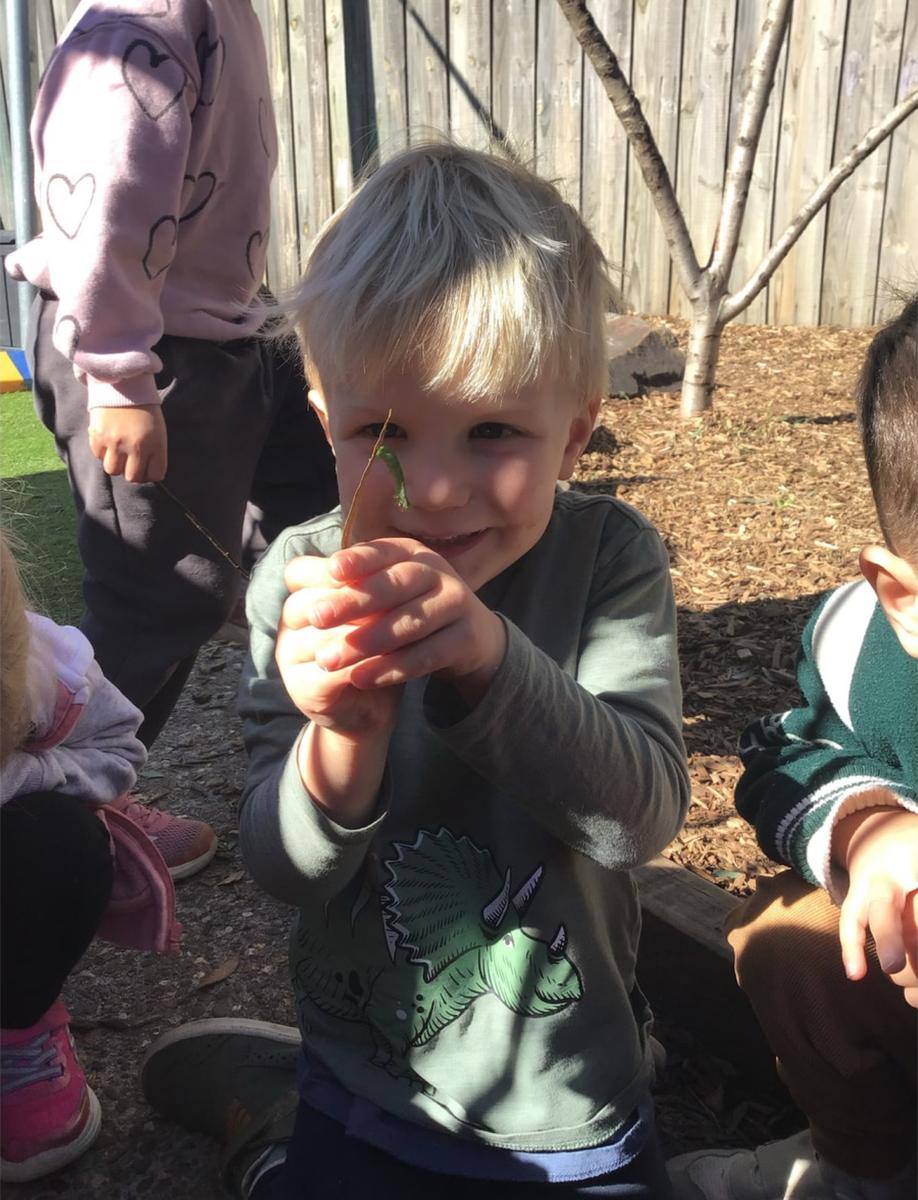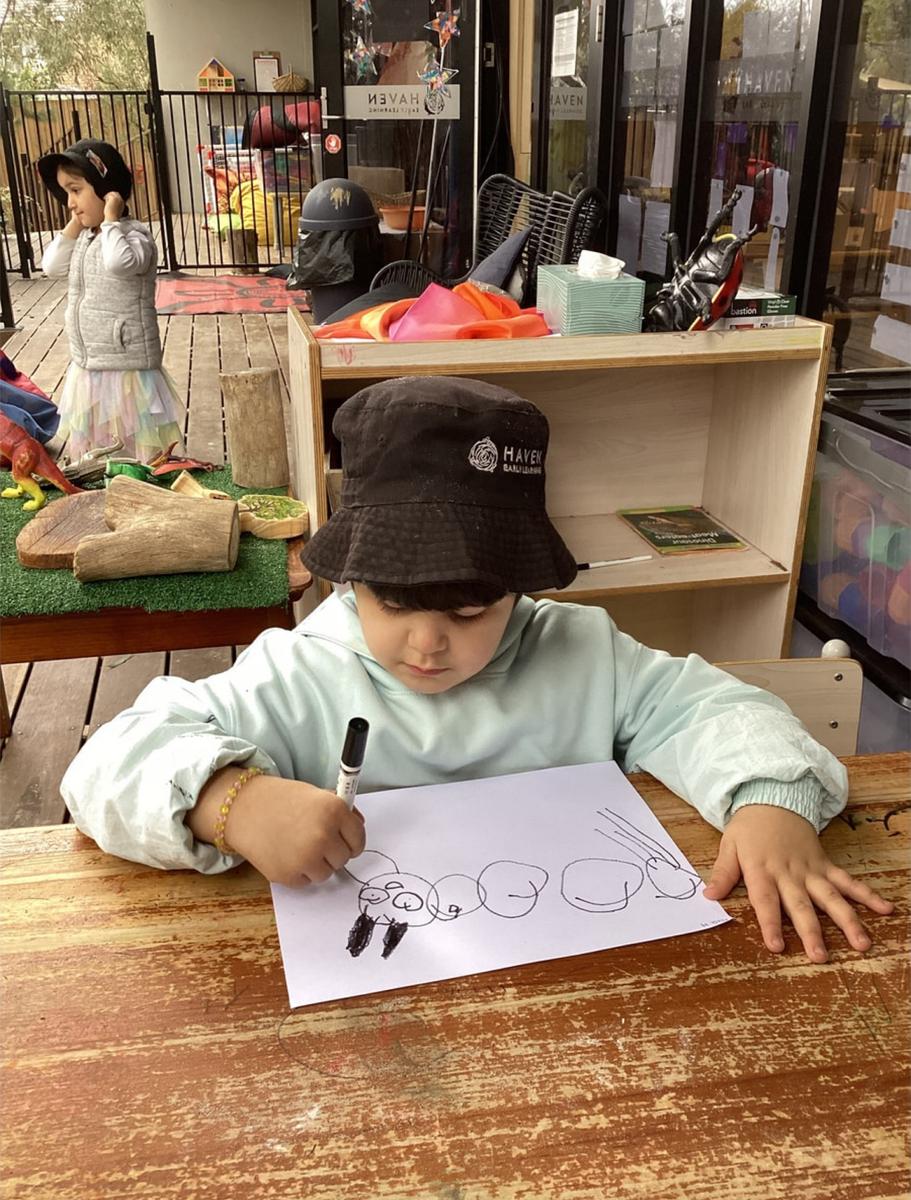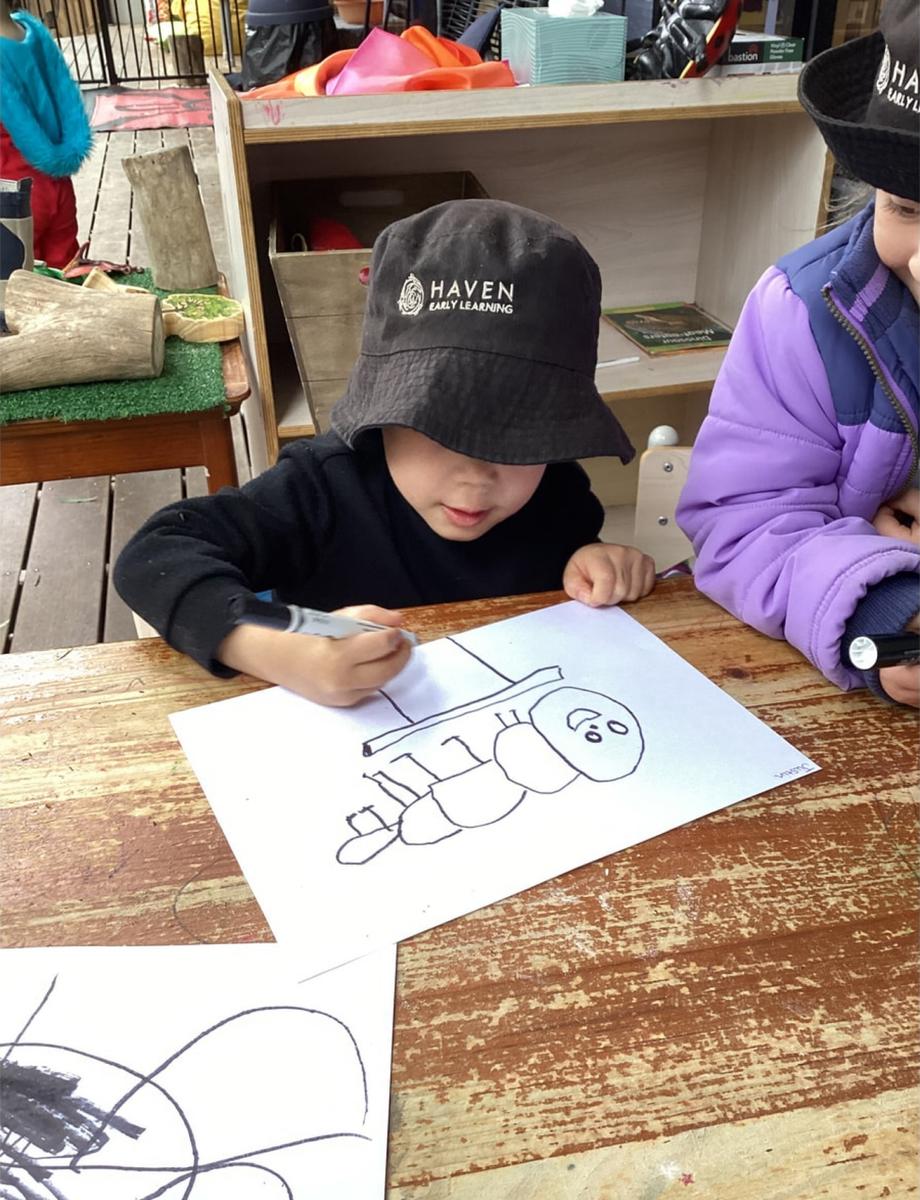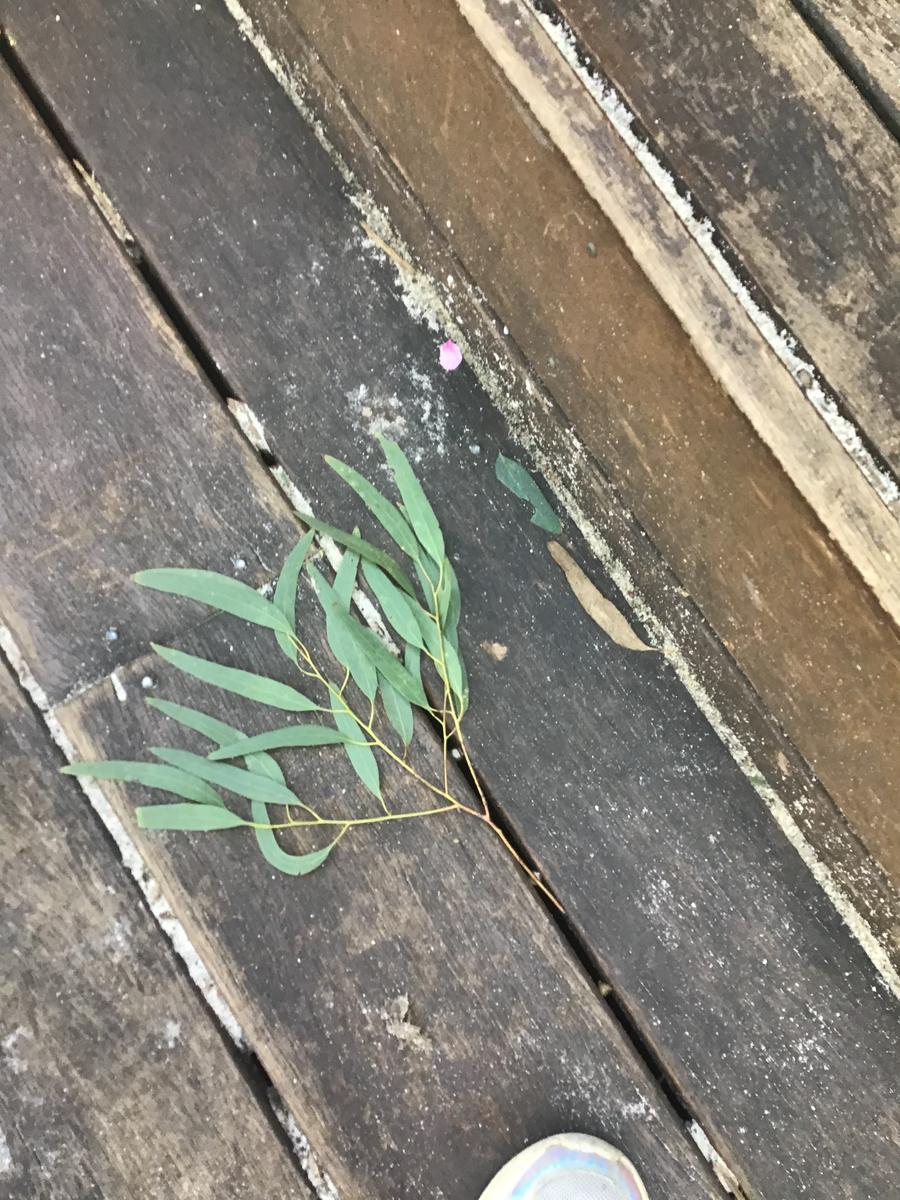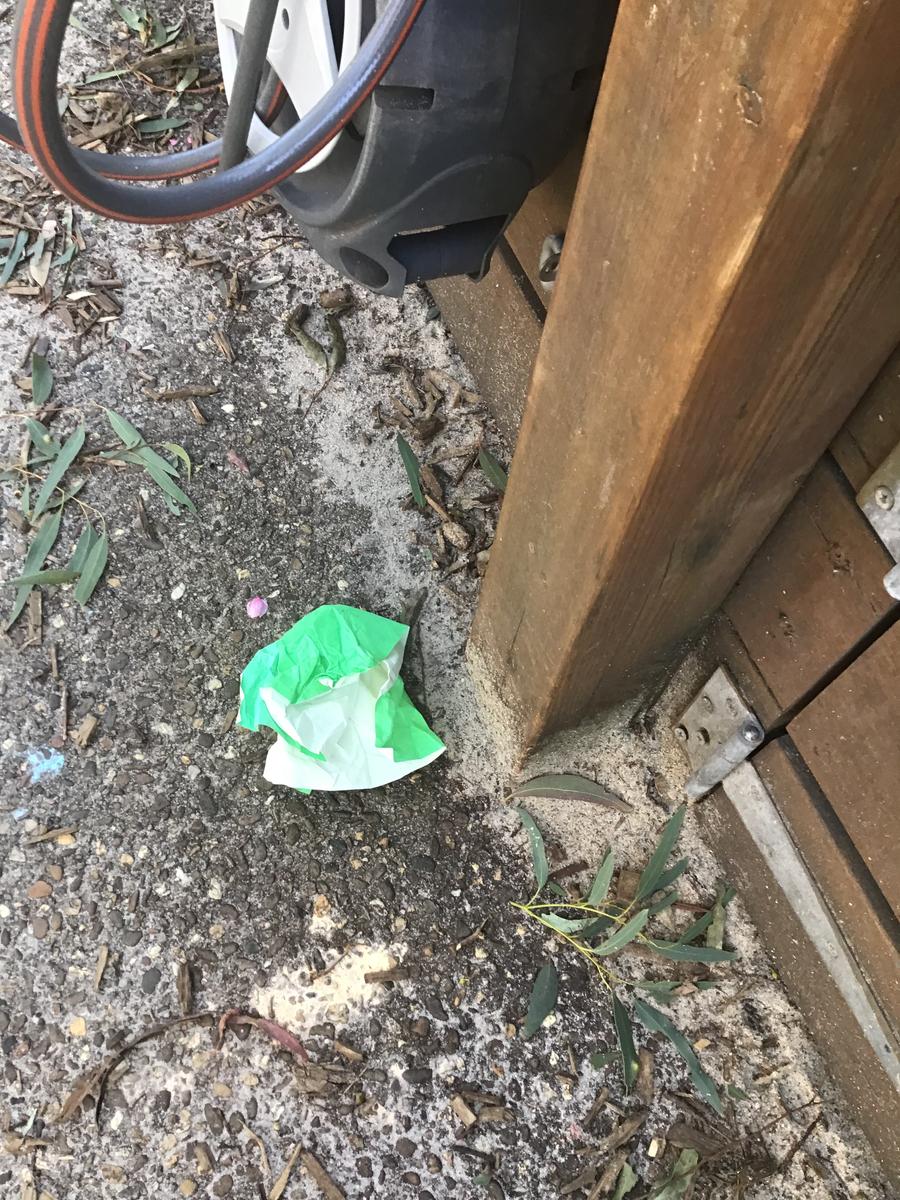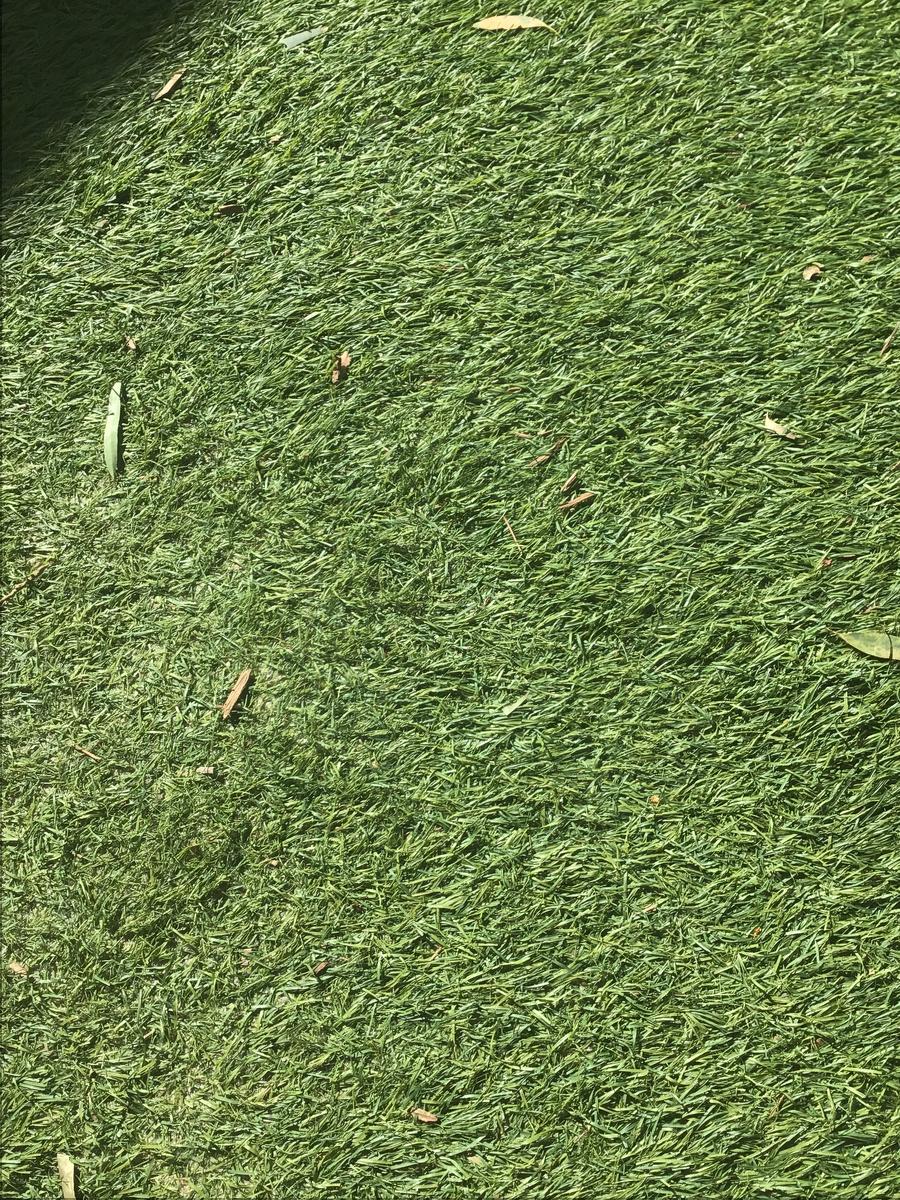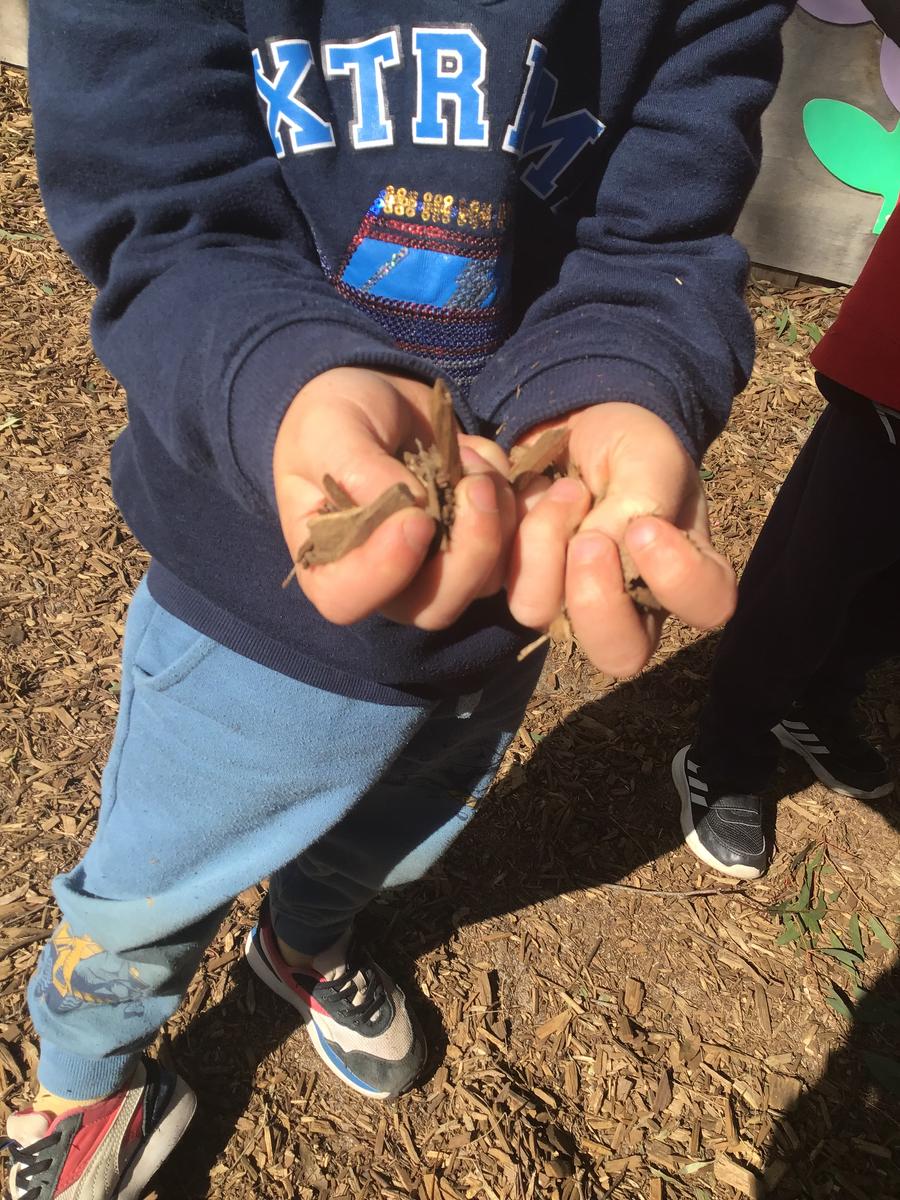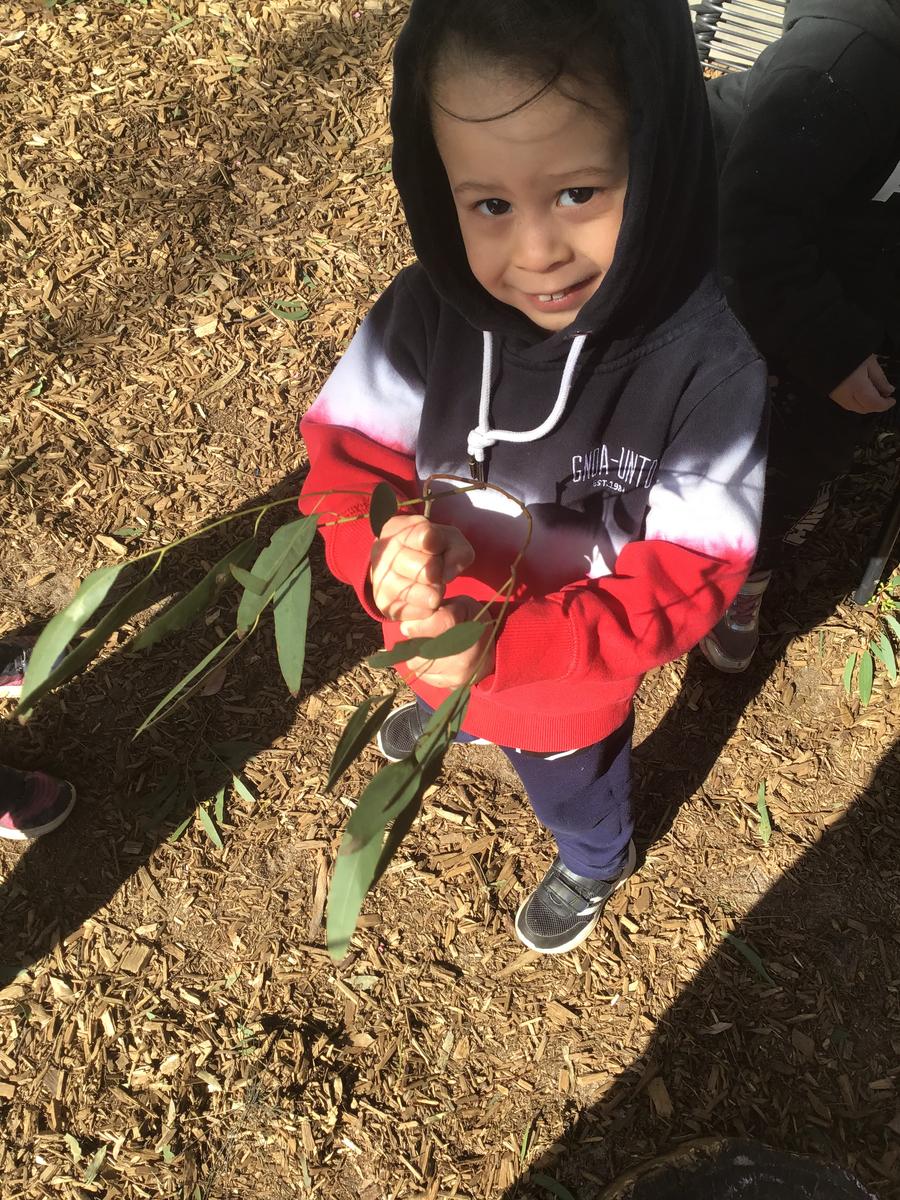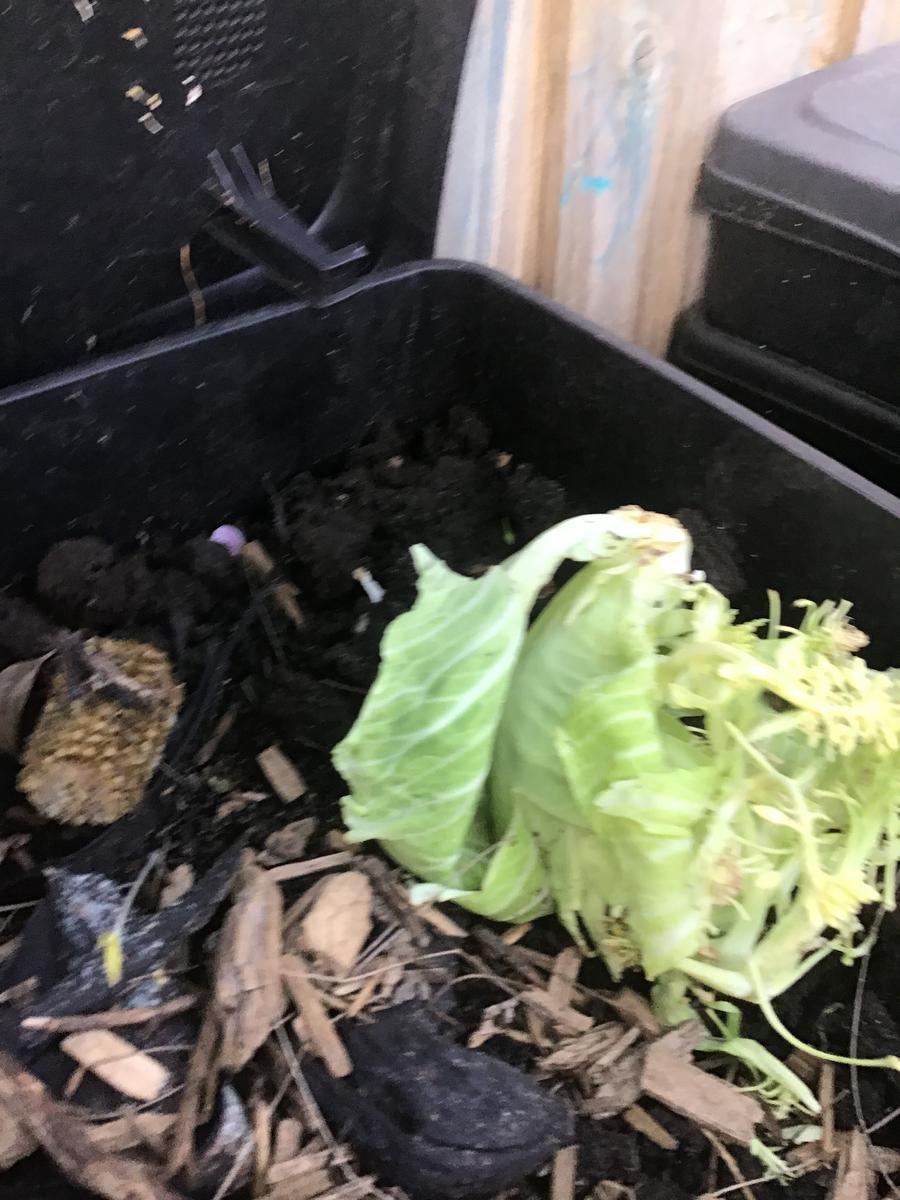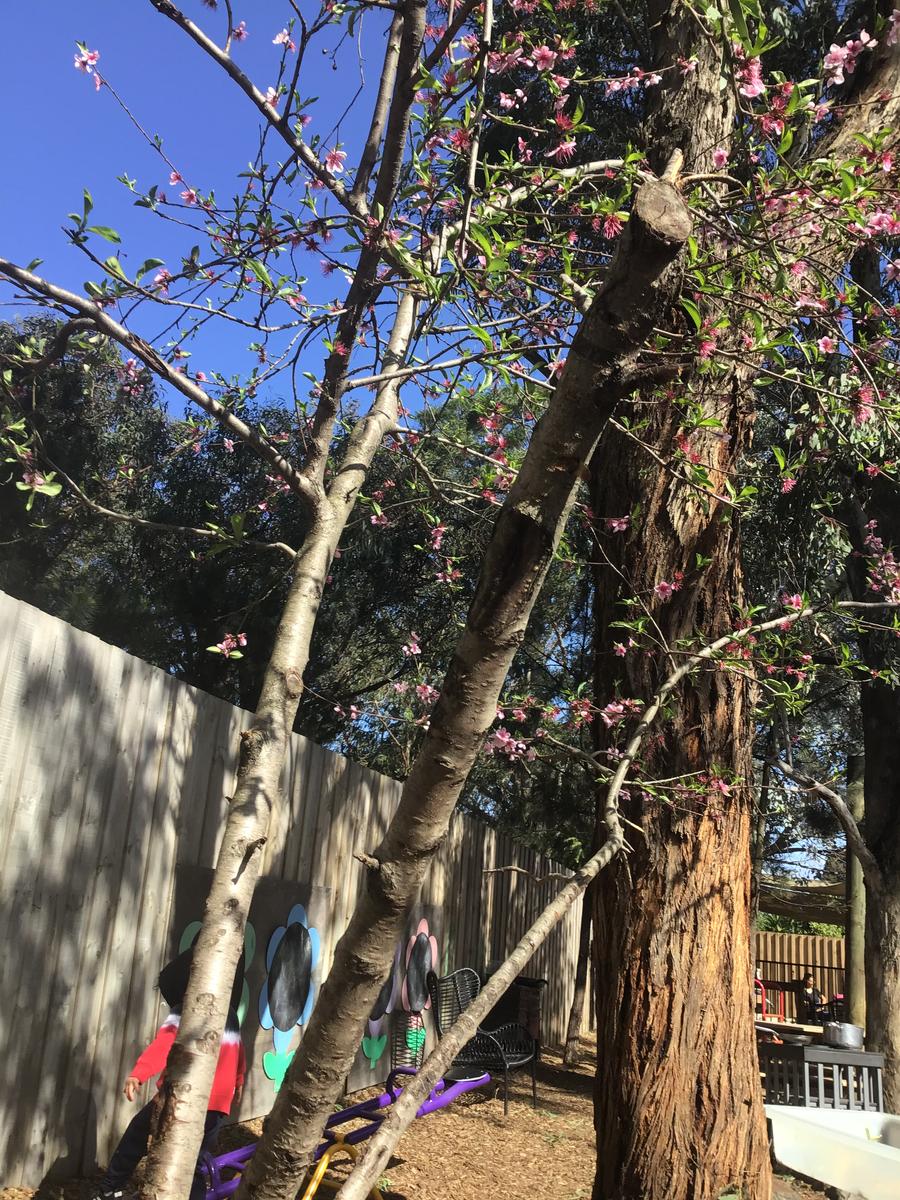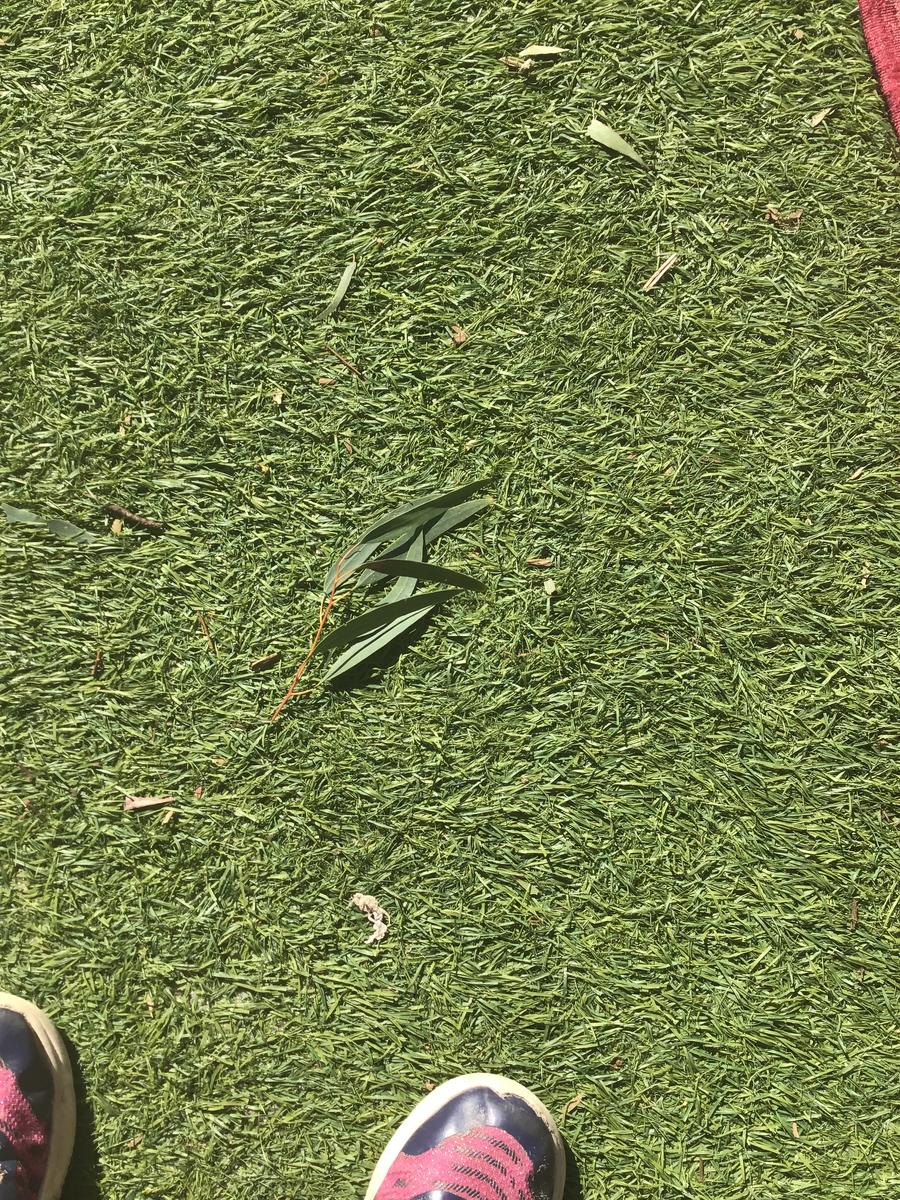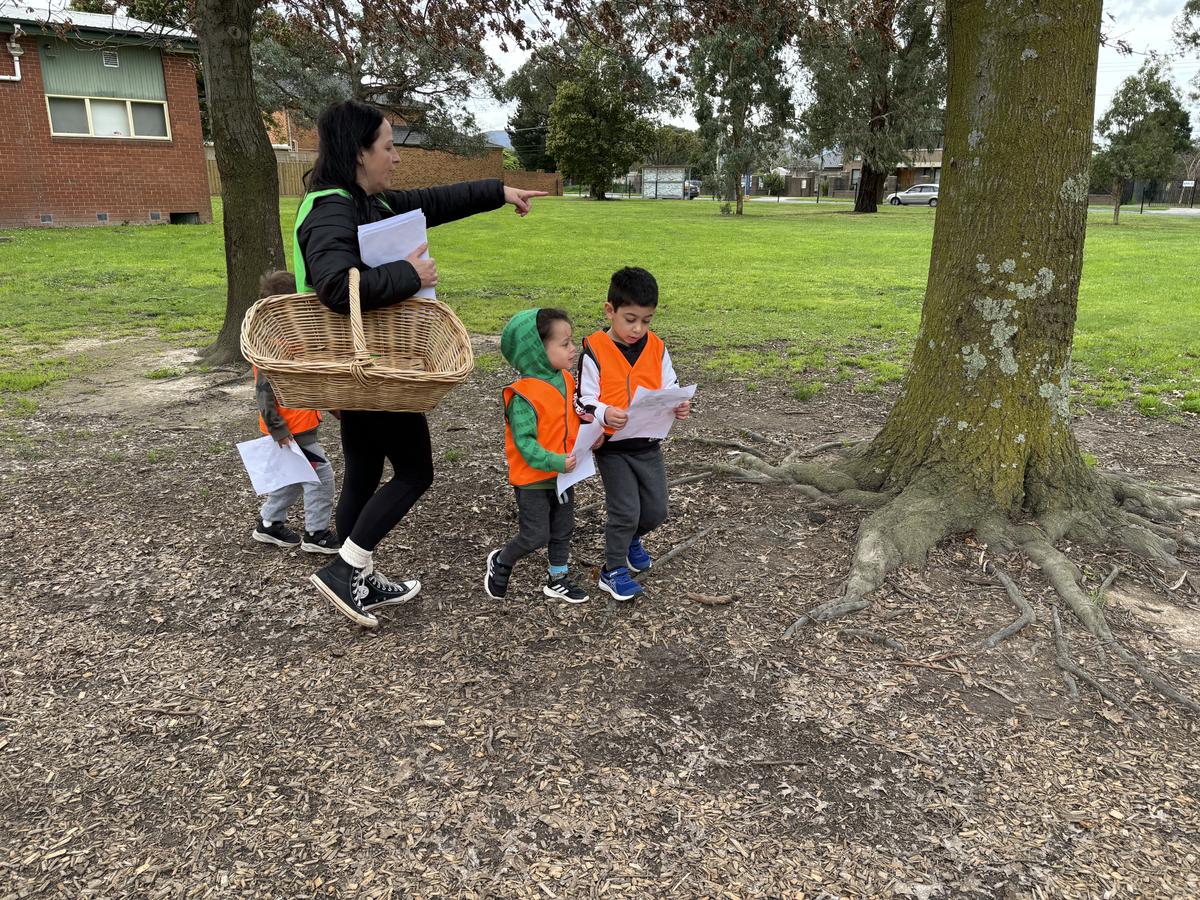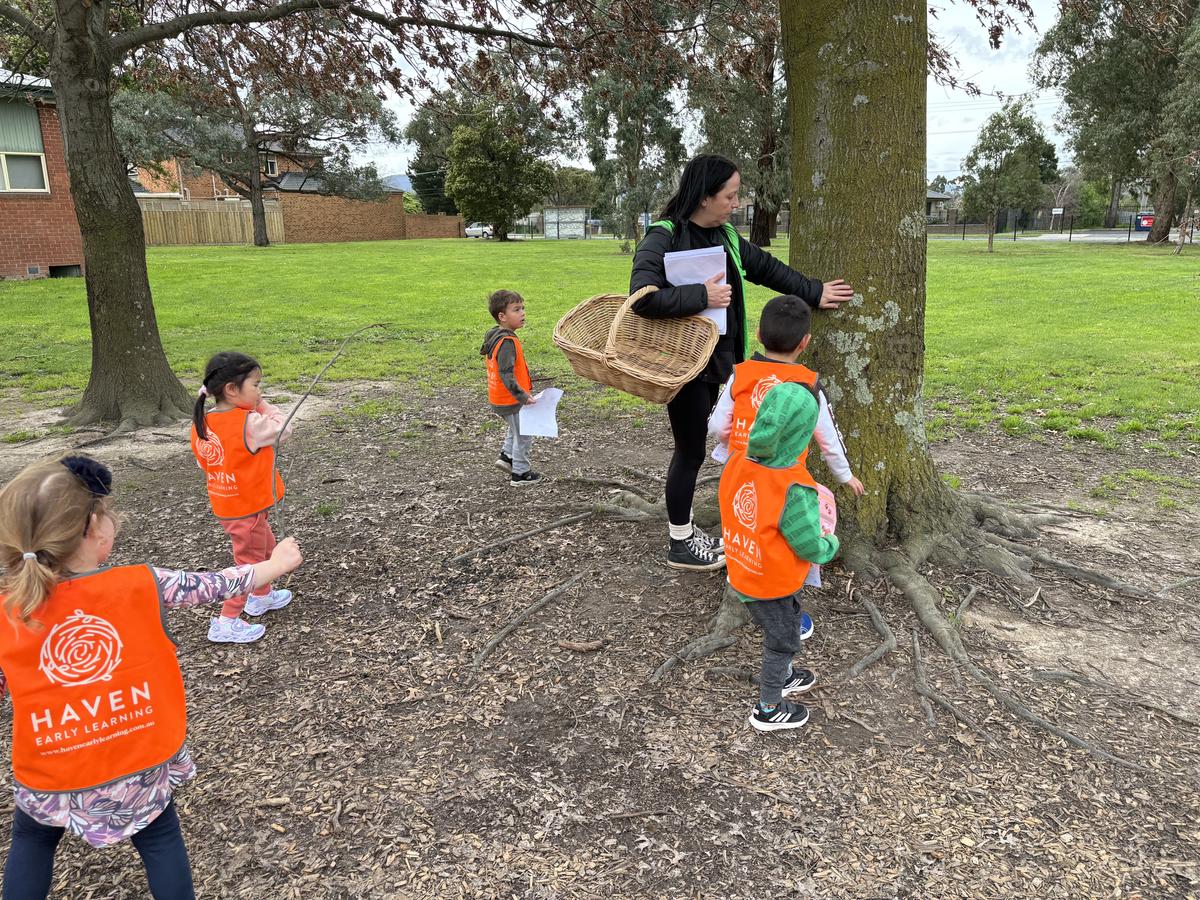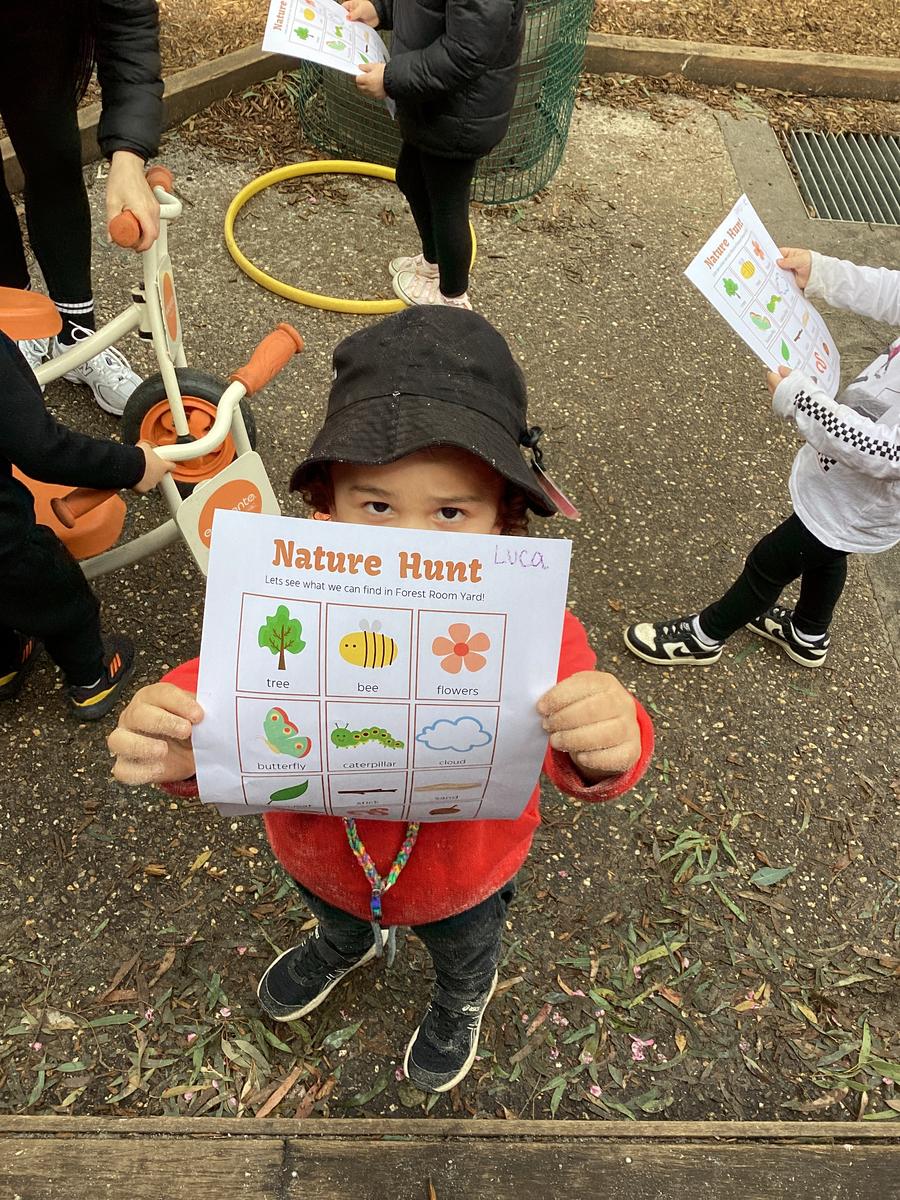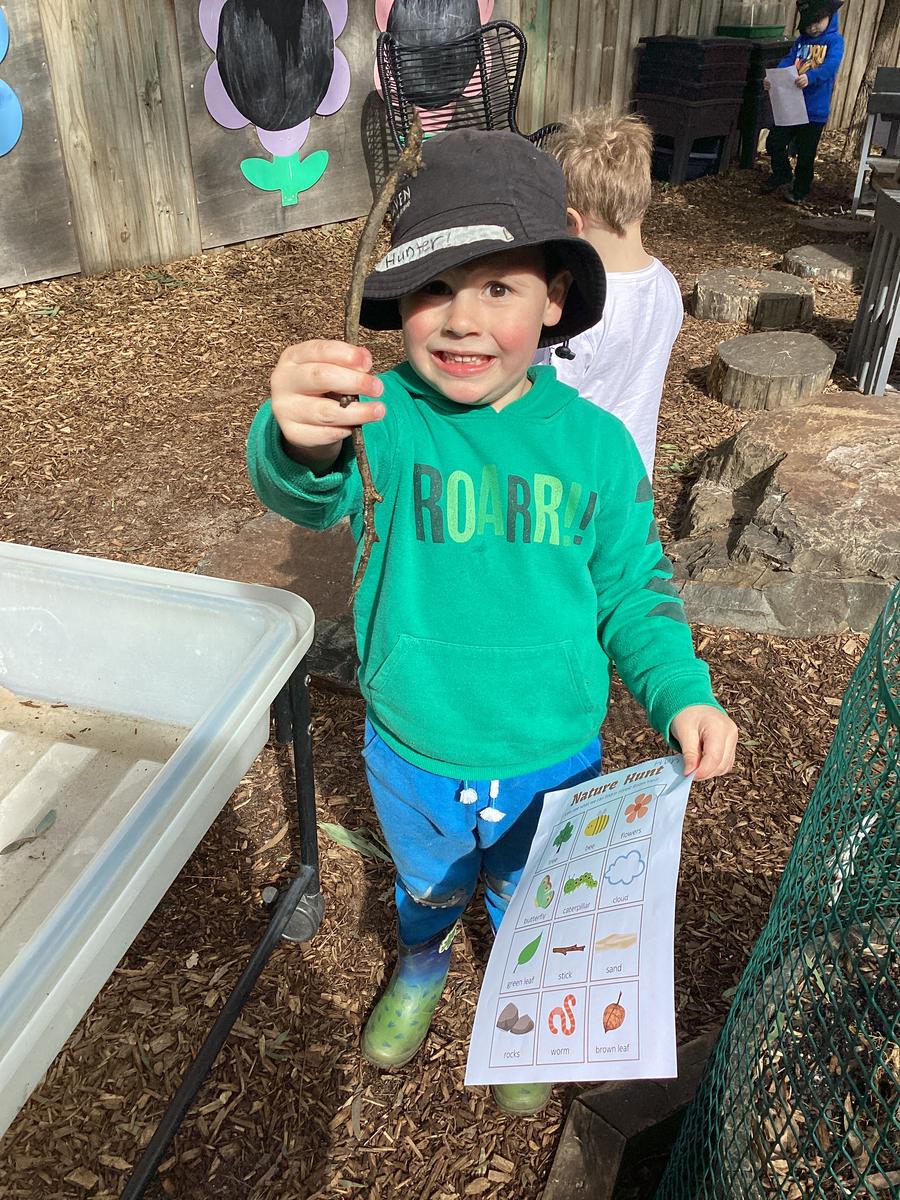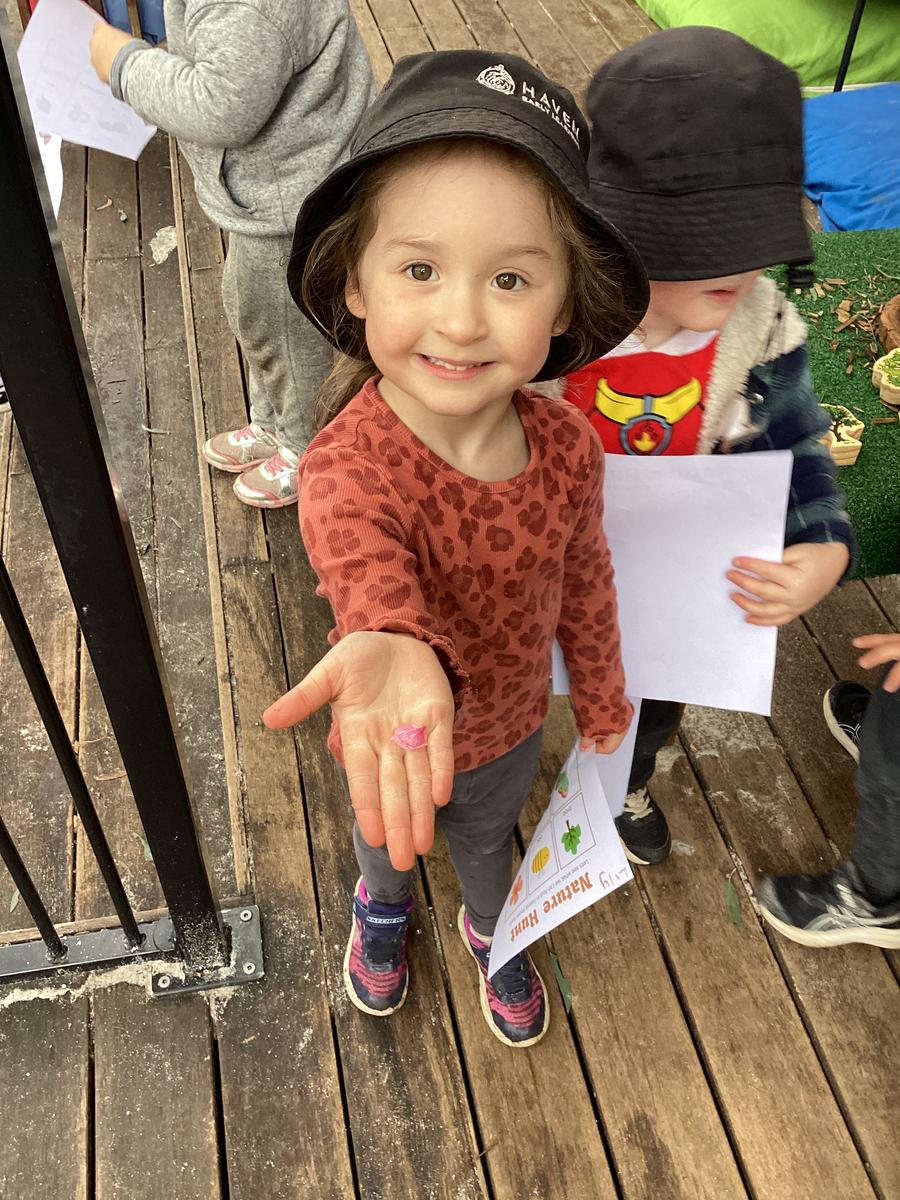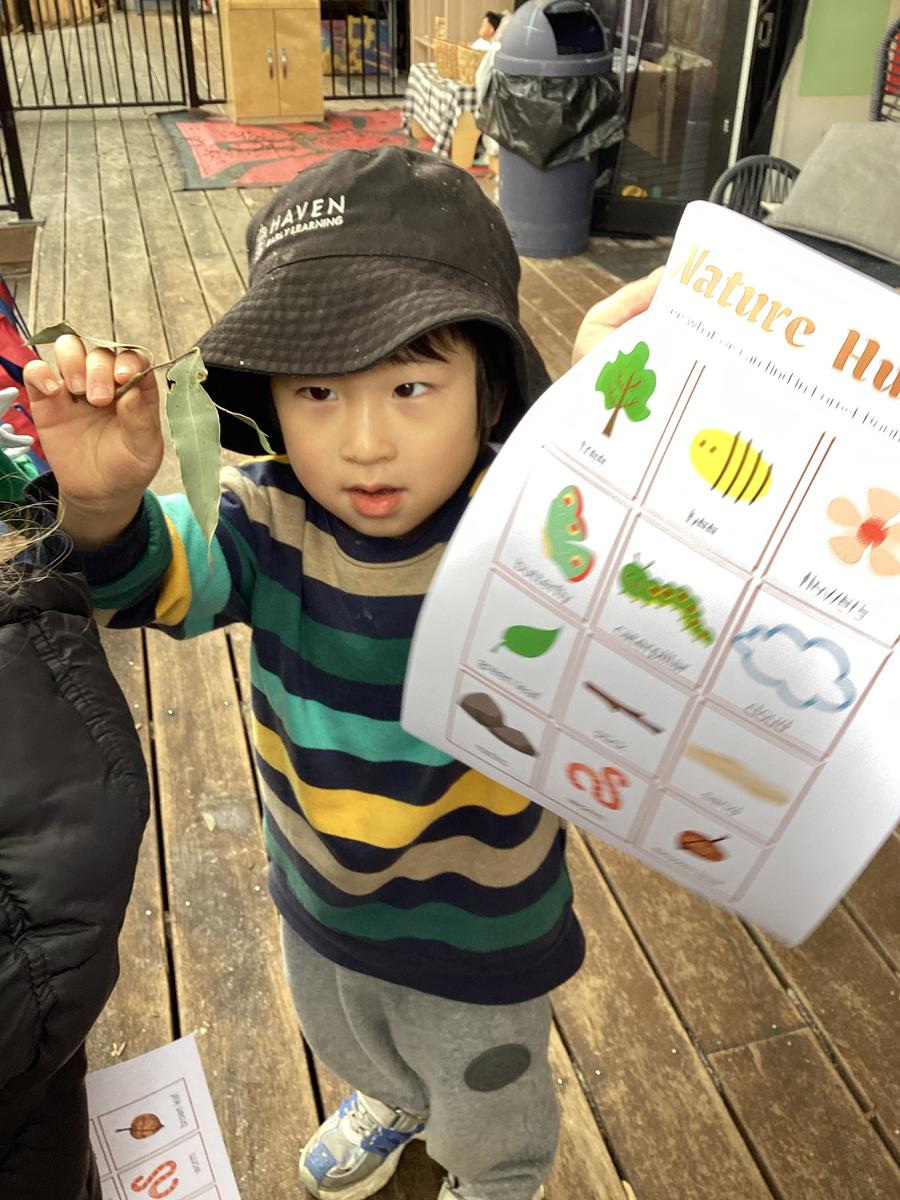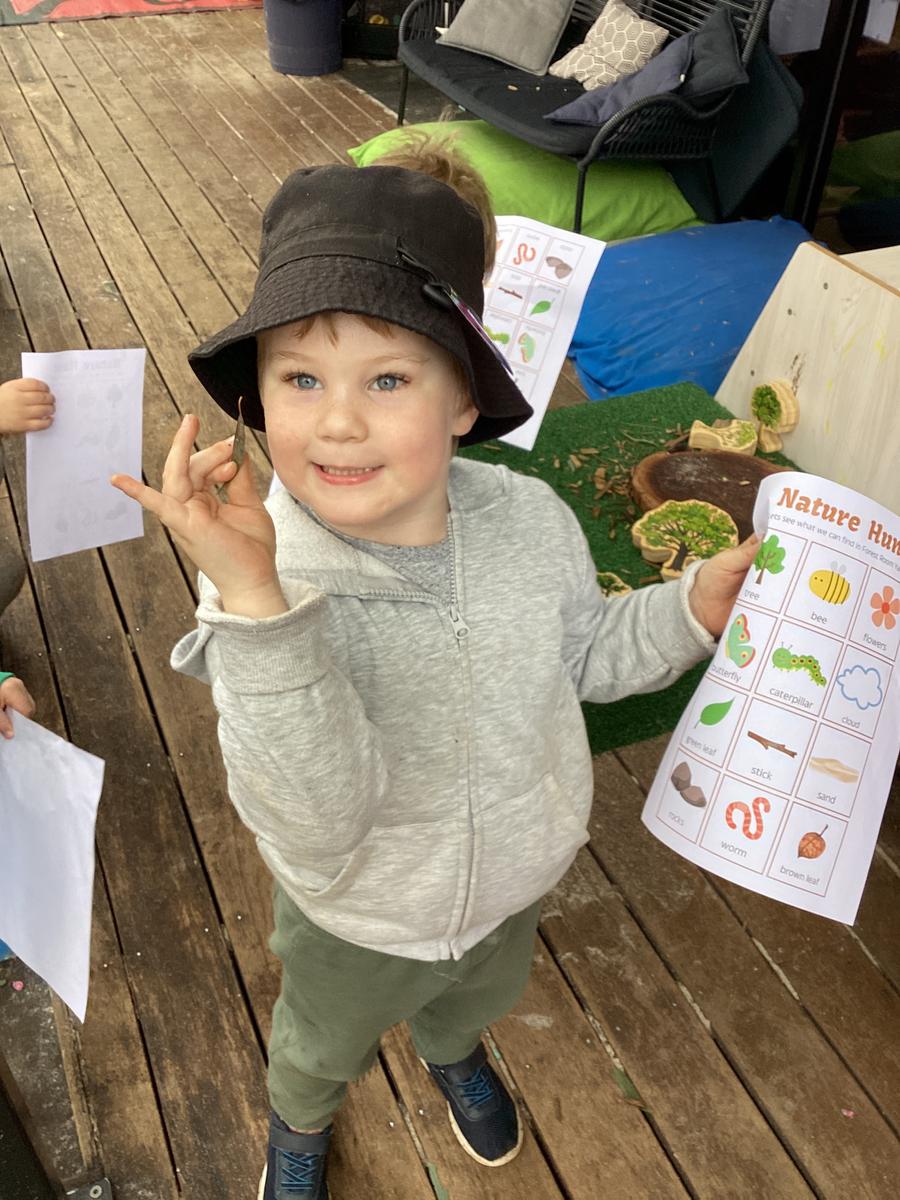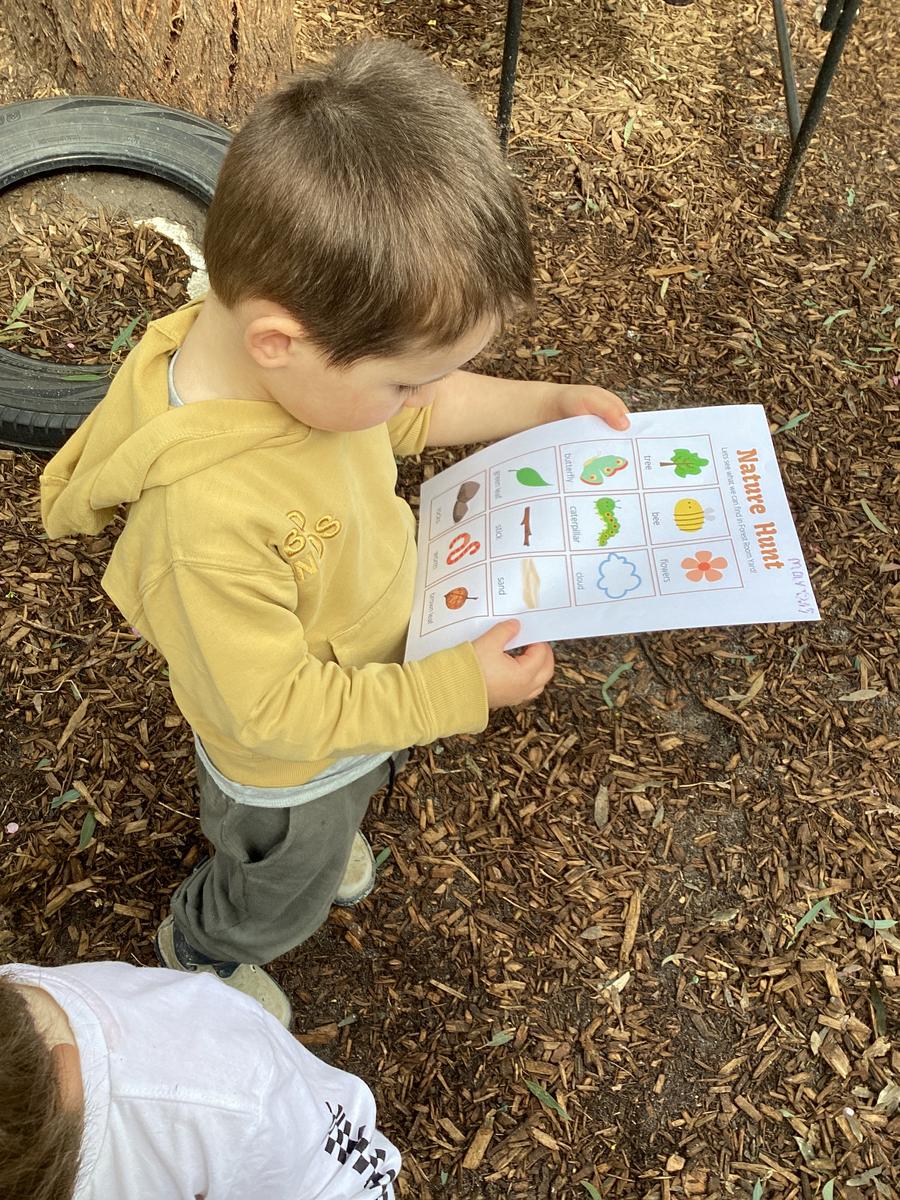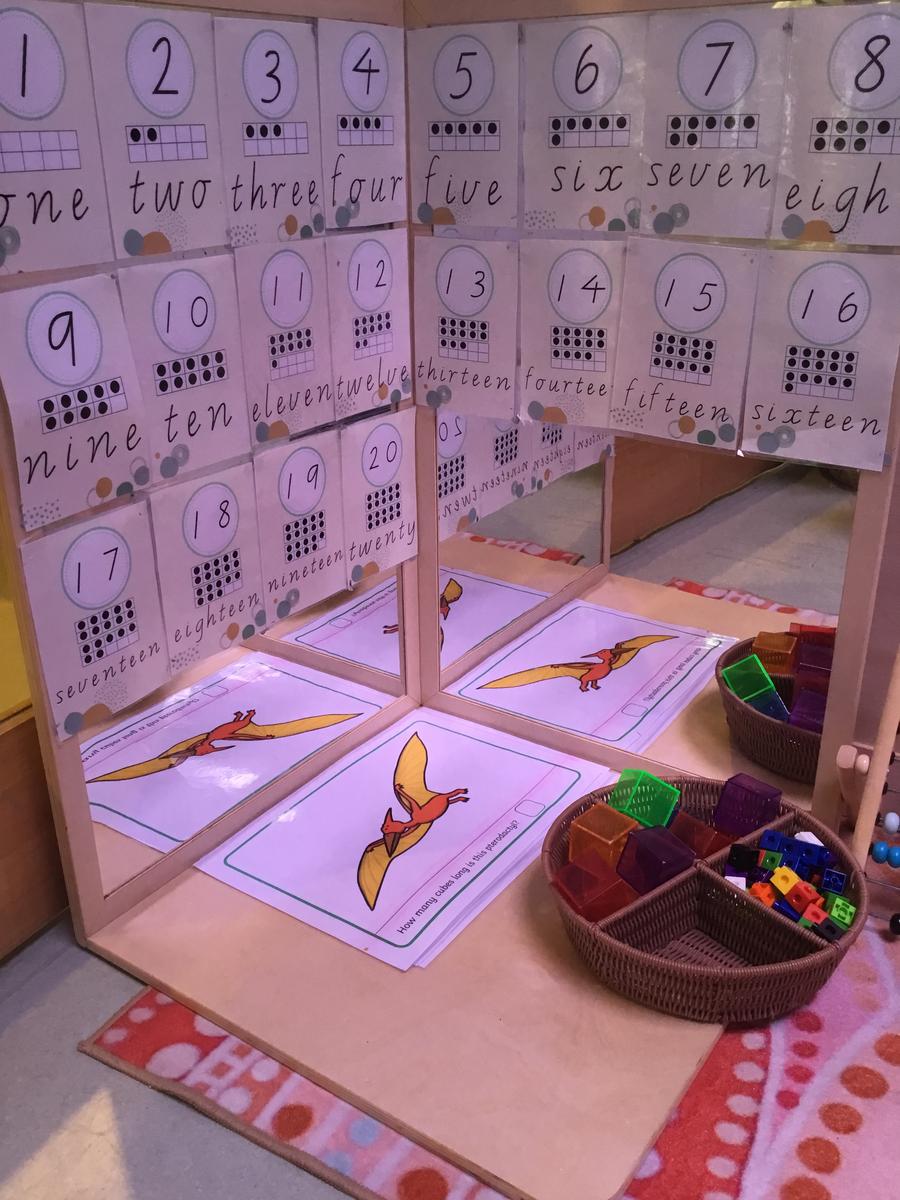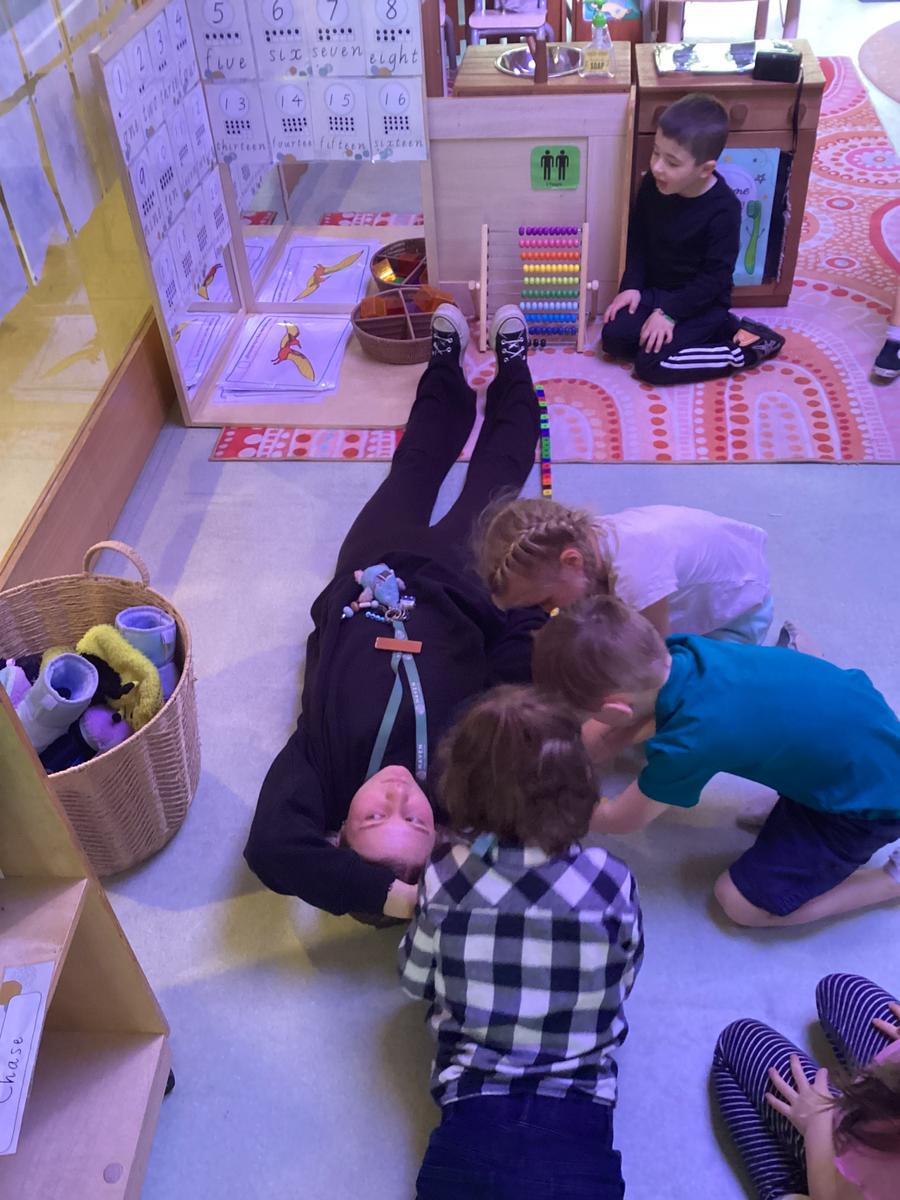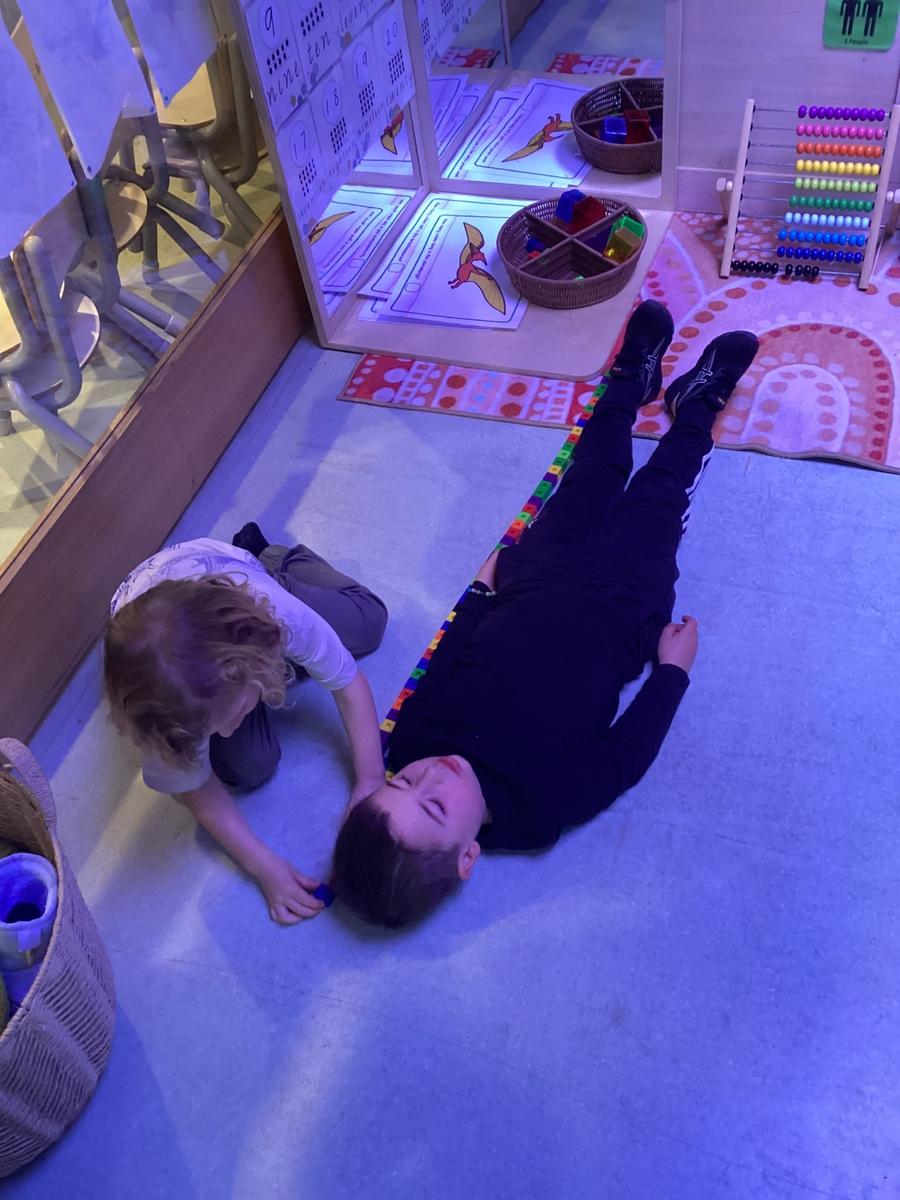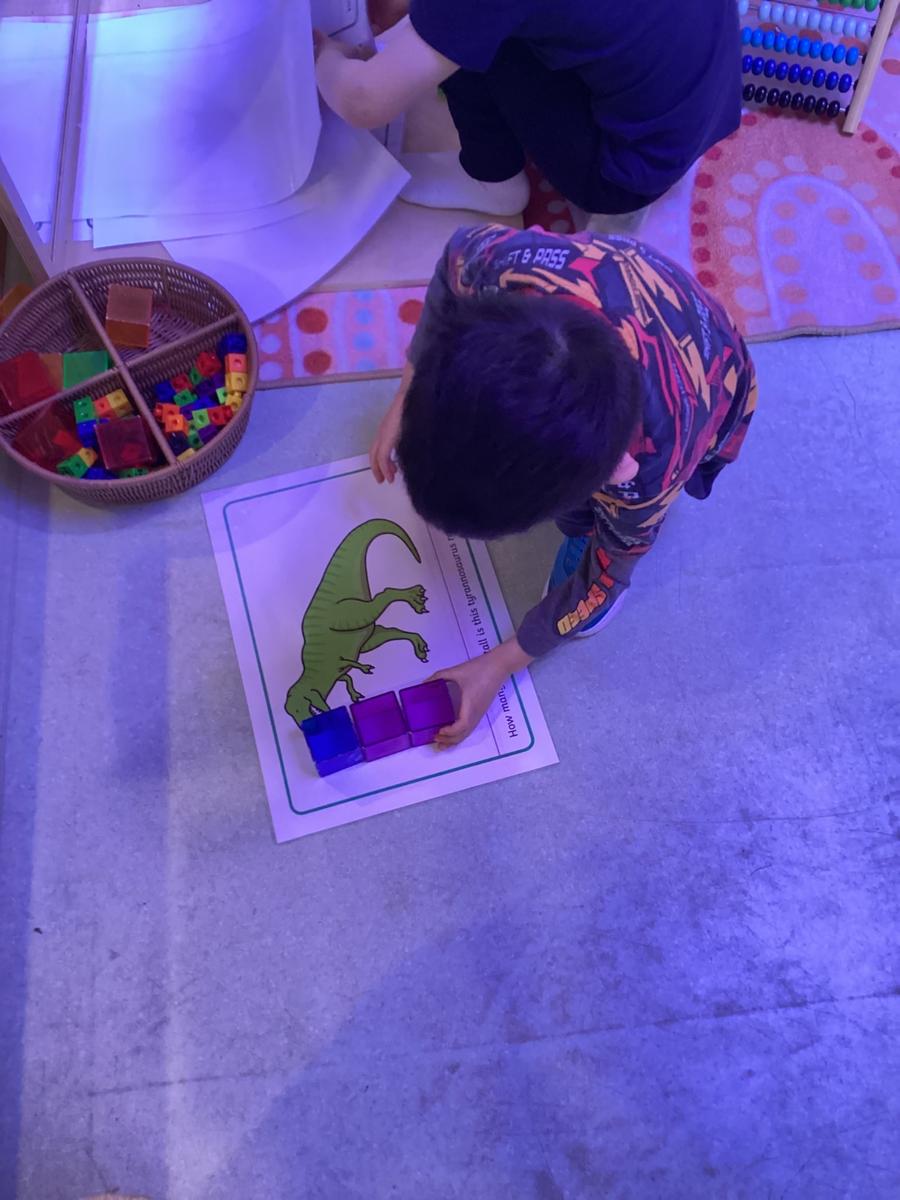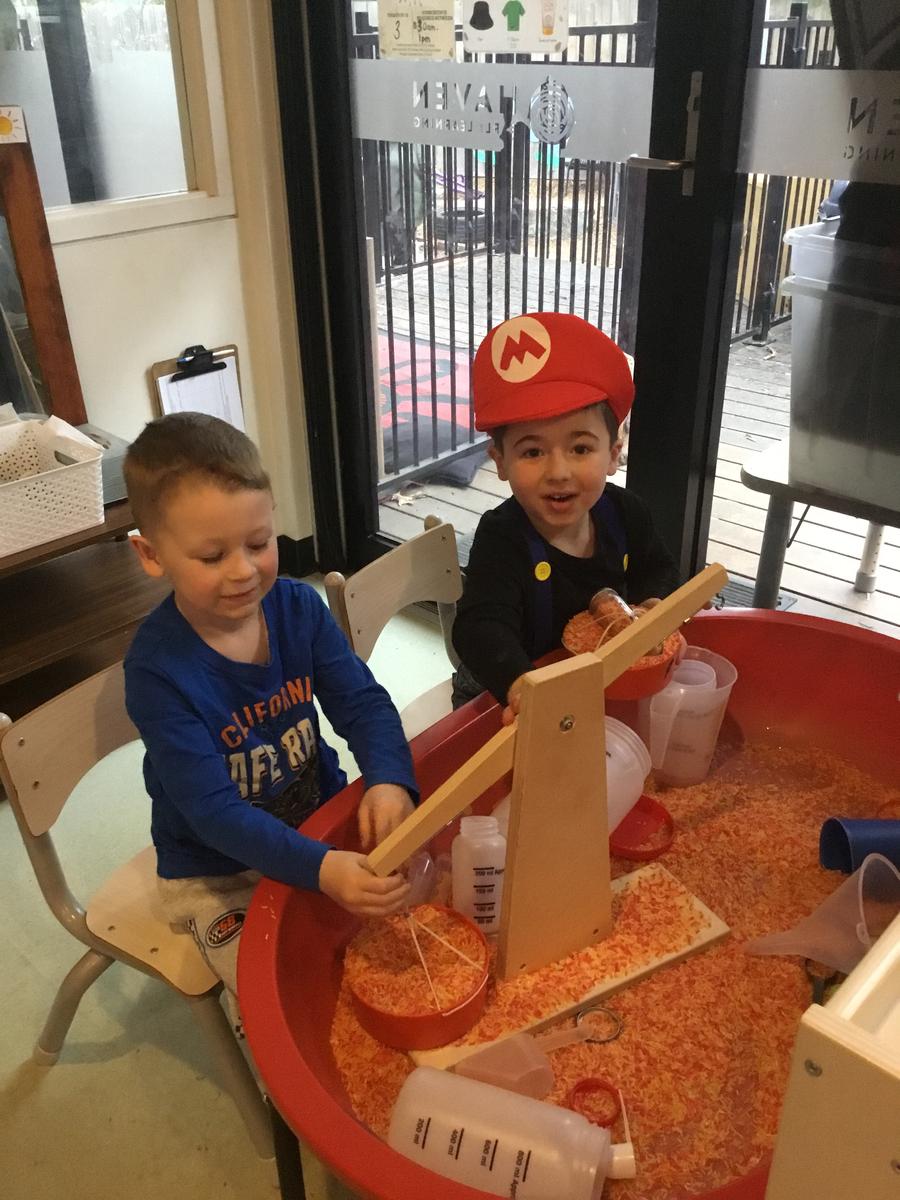Room Updates
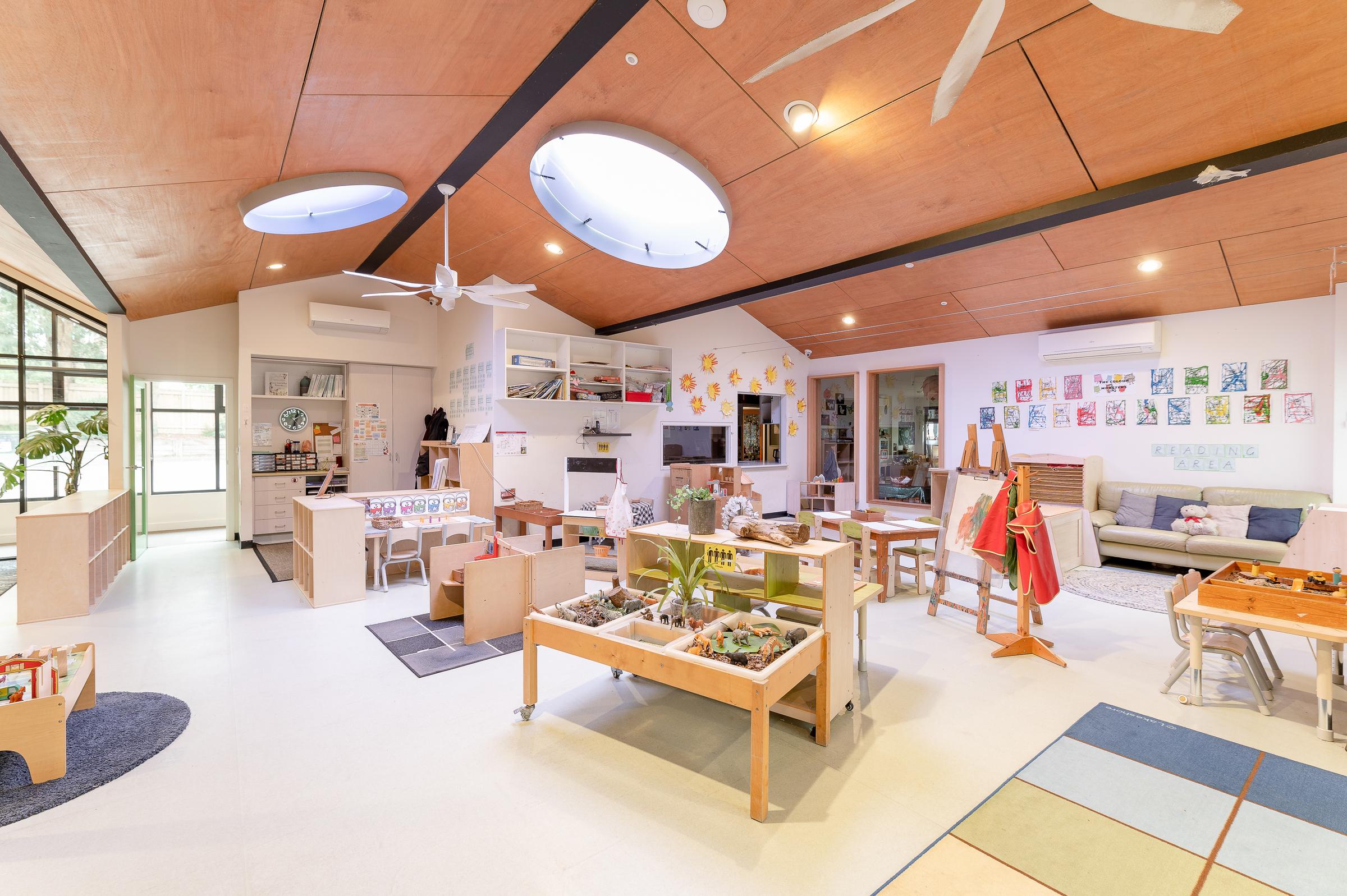
Didge you know that all rooms at Haven engage in an Acknowledgment of Country everyday? As a service we are committed to reconciliation and acknowledging the traditional owners of Bunurong land.
River and Sun use this song: https://www.youtube.com/watch?v=NU8XvjhA8gw
Forest and Field say the acknowledgment as pictured.
River
River Room have been continuing to focus on non- verbal communication, with many children using key word sign when 'finished', with 'thank you' and 'please' being the next focus.
The River room children have been loving their interactive group times, with the introduction of tapping to tap alongside the song 'tapping on my sticks', which the children absolutely love. Tapping on my sticks is a great way for children to learn and familiarise themselves
around beats and rhythms, as they tap their sticks together to the beat of the music, going up, down, quiet, slow, fast and loud.
https://www.youtube.com/watch?v=5G6ax4AFKTY
The term 3 inquiry focus of transport and vehicles, including emergency vehicles has then included some interactive dance songs including: Emergency- Wee Wah and Here Comes the Fire Truck. https://www.youtube.com/watch?v=mO6T4iK9rDc https://www.youtube.com/watch?v=RI6UT82cB_E
Lastly, a highlight of August included a long walk around the Rowville community heading to Wellington village, with many children falling asleep on the way back.
Sun
Sun Room have been exploring emotions over this term.
One of the ways we are supporting this learning is through the use of Ollie the Octopus and his eight positive affirmations. The children are learning to take turns by coming out the front and talking to their friends about how they are feeling and then we all say an affirmation together. This helps enhance their confidence, makes them feel that they are a special member of Sun Room and let’s them become familiar and comfortable with the use of positive words.
Our take home bear program is also a way in which the children feel special as they are chosen to spend a week with Polar, Ted, Daisy or Maisy and then they get to share their amazing stories and photos with the group. This initiative helps the children with skills such as responsibility, respect, resilience, pride and happiness
Forest
Caterpillars:
For the past couple of weeks, the Forest Room children have been very busy exploring our yard. They have been working together as a team to discover what insects are around, what nature is growing, and how they can use it within their day.
While they have been doing this, they have been lucky enough to find slugs, worms, caterpillars, flies, and bees. A reoccurring insect they kept finding was caterpillars. These caterpillars all looked different some were small, big, wide, green, and brown. As they continued to find caterpillars within our yard, we extended on it!
We first started by reading ‘The Very Hungry Caterpillar’ book and then we each had a turn at drawing our very own caterpillar. This allowed us to express our ideas and thoughts through creative arts and allowed all children to see how we all think differently. While they were drawing, I asked, “How does your caterpillar look like?” and “Can you tell me about it?”. The children could describe and tell me a story regarding their caterpillars!
The week of the 26th we started to use IT to discover the question “What do caterpillars eat?”. Children who took an interest in this activity had the opportunity to use the iPad to walk around our yard taking photos of what they believe they may eat. This gives the children another area to be creative and learn through the view of their own eyes.
Scavenger/ nature hunts:
Extending on some of the children’s interest in collecting items and a whole group's interest in caterpillars, we have been very busy going on nature hunts in our yard and at the park! We used two different types of nature hunt checklists, one where we needed to use our different senses to discover what was around us and another where we needed to collect and find the items on the paper. The Forest Room children enjoyed both of these experiences and I can’t wait to continue to further foster this within the room and see what else the children discover!
Field
This term the 4 year old Kindergarten children have been focusing on numeracy, including the concepts of measurement, weight and number pattern recognition. One of the practice principles in our guiding framework (Victorian Early Years Learning Framework) is integrated teaching and learning approaches. This principle recognises the power of play and shared interactions to help build children's learning and knowledge.
Through their numeracy inquiry topic, Field room have been incorporating integrated learning and sustained shared thinking. Focusing on length, the children were encouraged to find something in the room to measure. As a group they then worked together to compare the 2 items asking questions are they 'longer', 'shorter', the 'same' and how can we figure out the answer? Deciding as a group to measure with the small cubes, the children (guided by teachers) worked to see to see how many cubes each item needed and then used their mathematical knowledge to determine what number was higher and therefore taller/longer. They even measured their peers and teachers Ellie and Caila.
Following from this, a learning experience was set up for children to continue expanding their language and knowledge by using the counting cubes to find out the width and length of dinosaurs.
Measuring weight was the next activity, where children chose 2 things to compare and sat in a circle as they discussed different ideas including what 'felt heavier' and what 'felt lighter'. With predictions in as to which as the heavy and light item, the group then placed each object on the scale where they agreed if one touched the bottom it was heavy and if it was up top/high it was light. The children further scaffolded
on their learning through the sensory tub where they could fill up the scales using a range of materials. Children were observed trying to get the scales to drop, as well as try and even them out. They used the empty jars to make them full & half full, with teacher's supporting language such as 'quarters' and 'capacity'.

